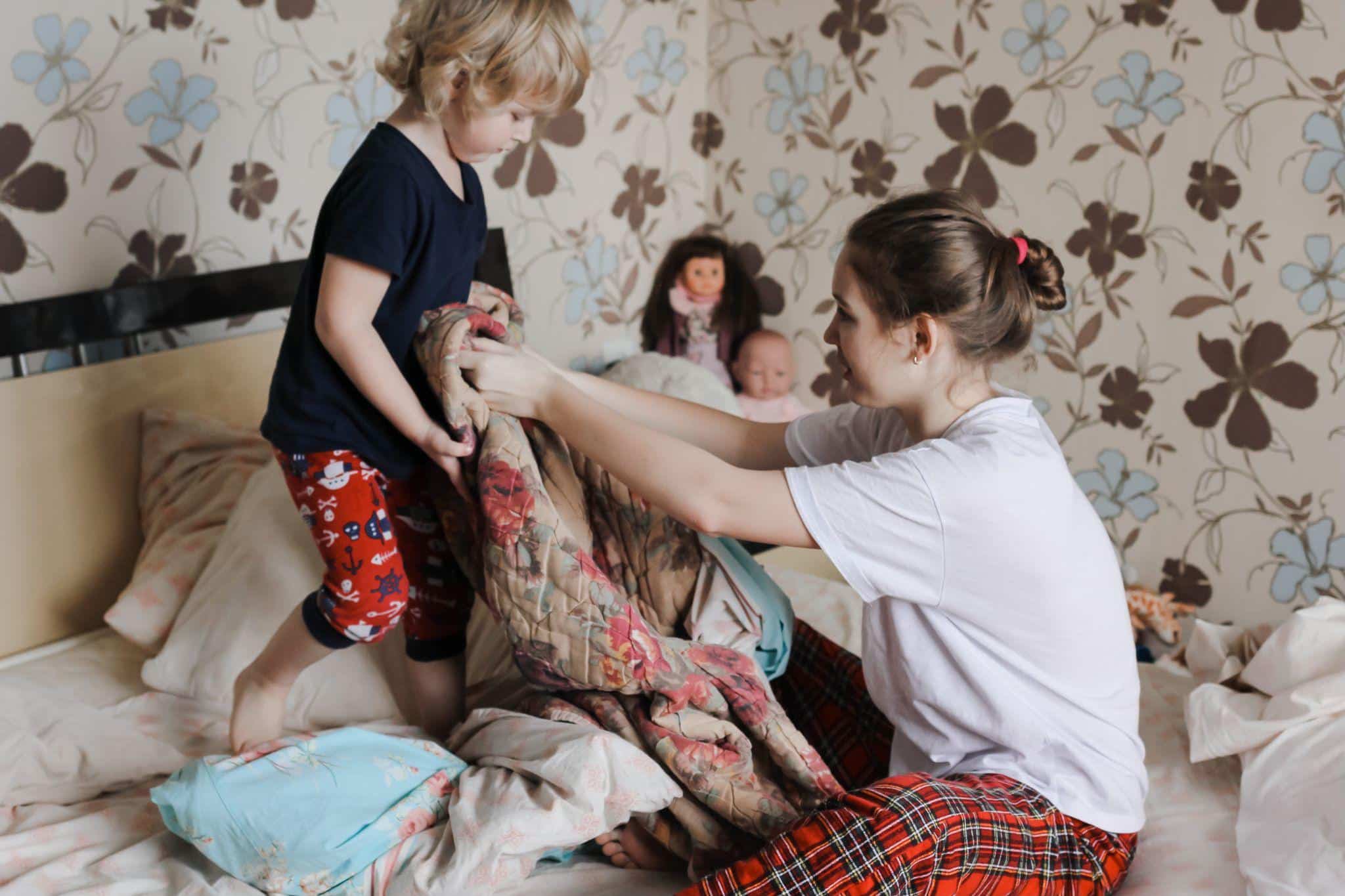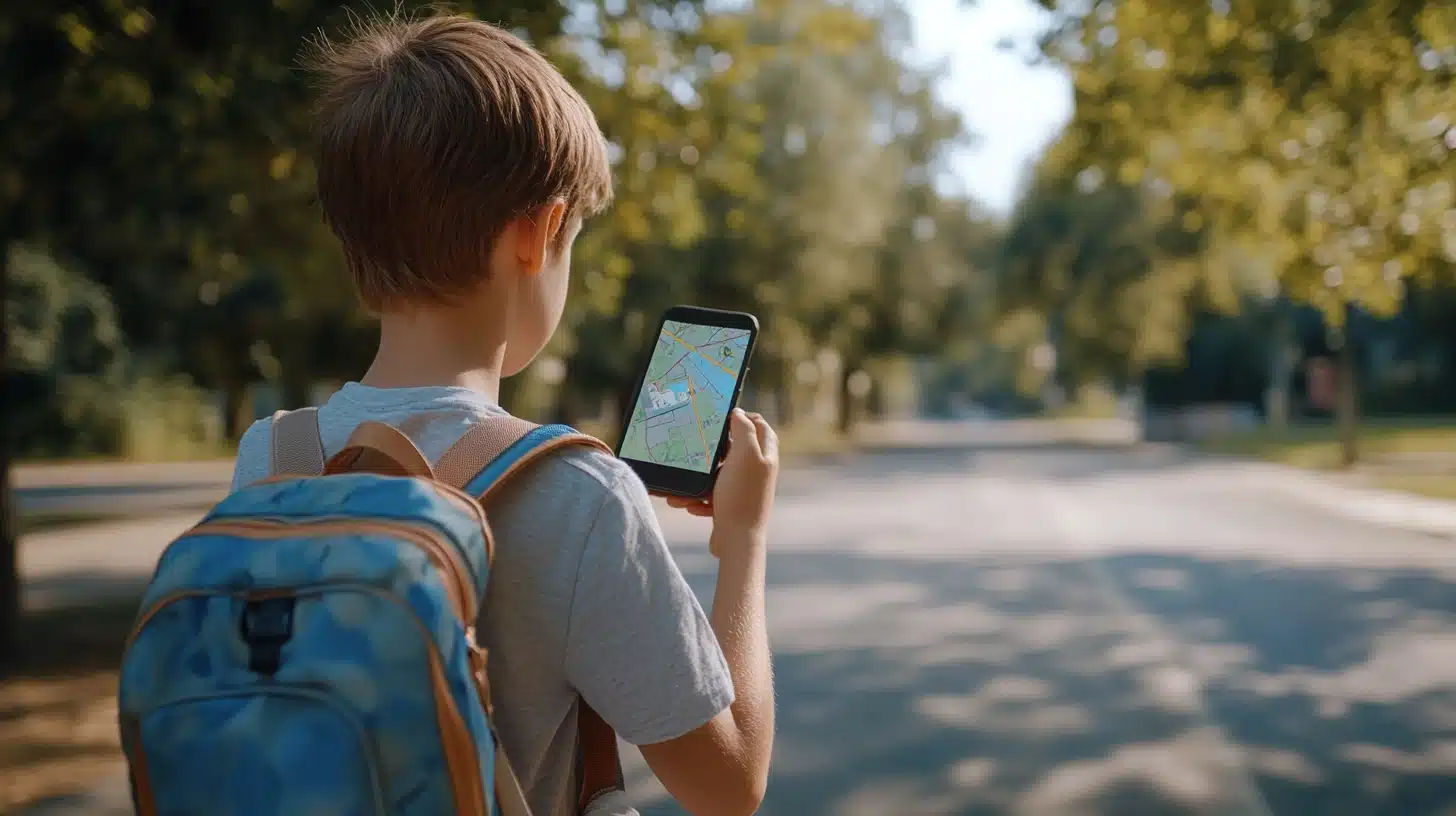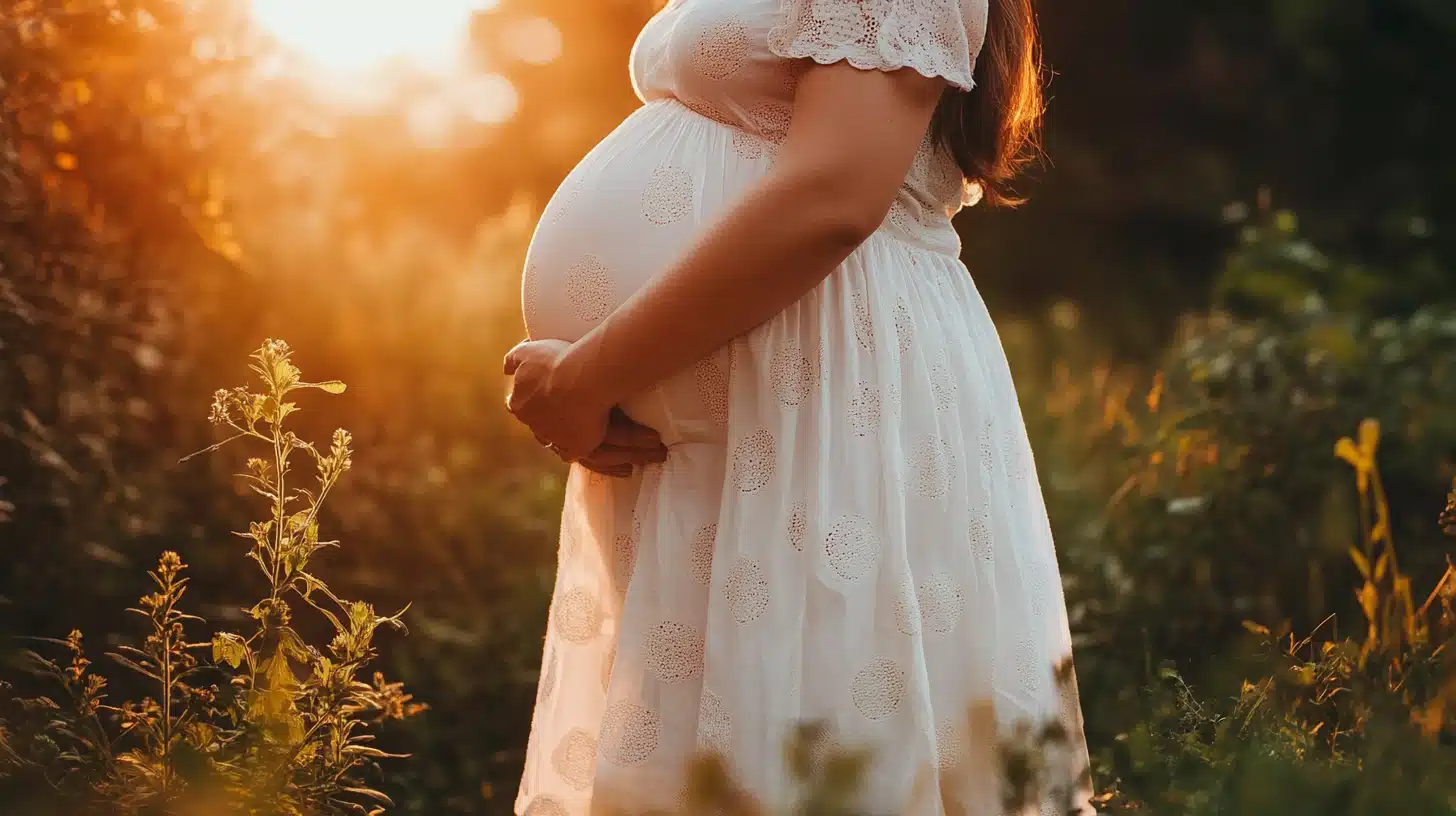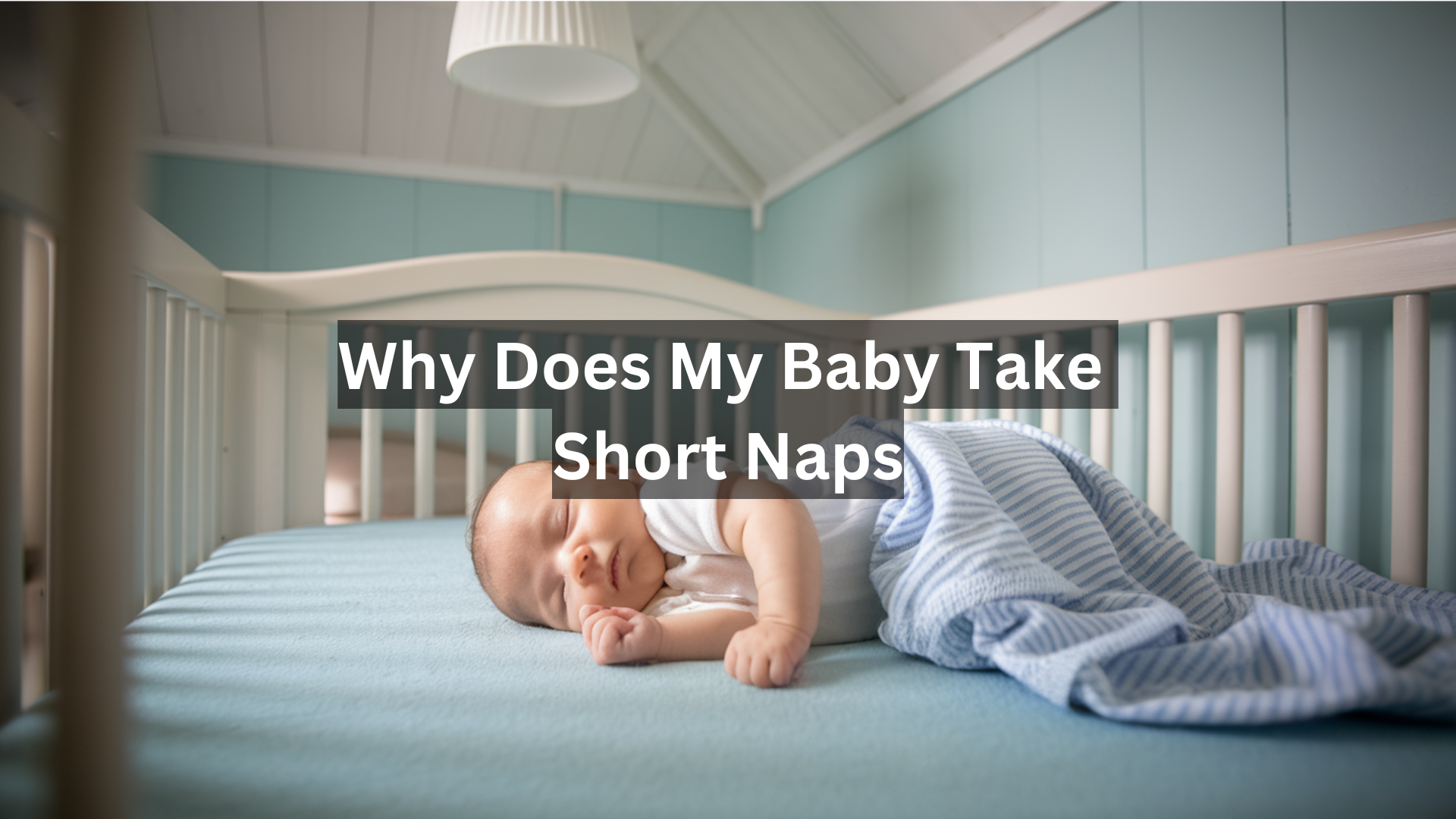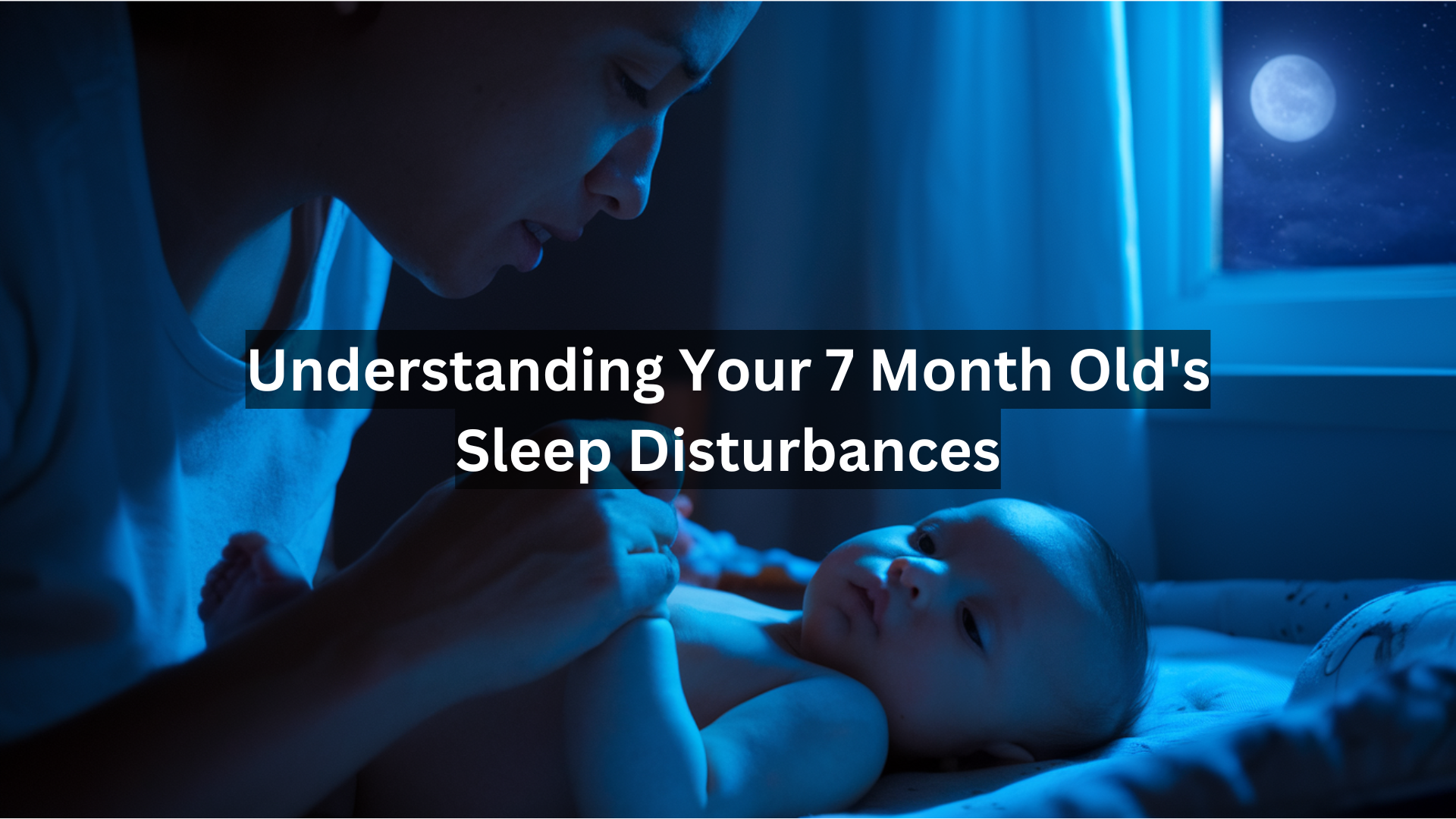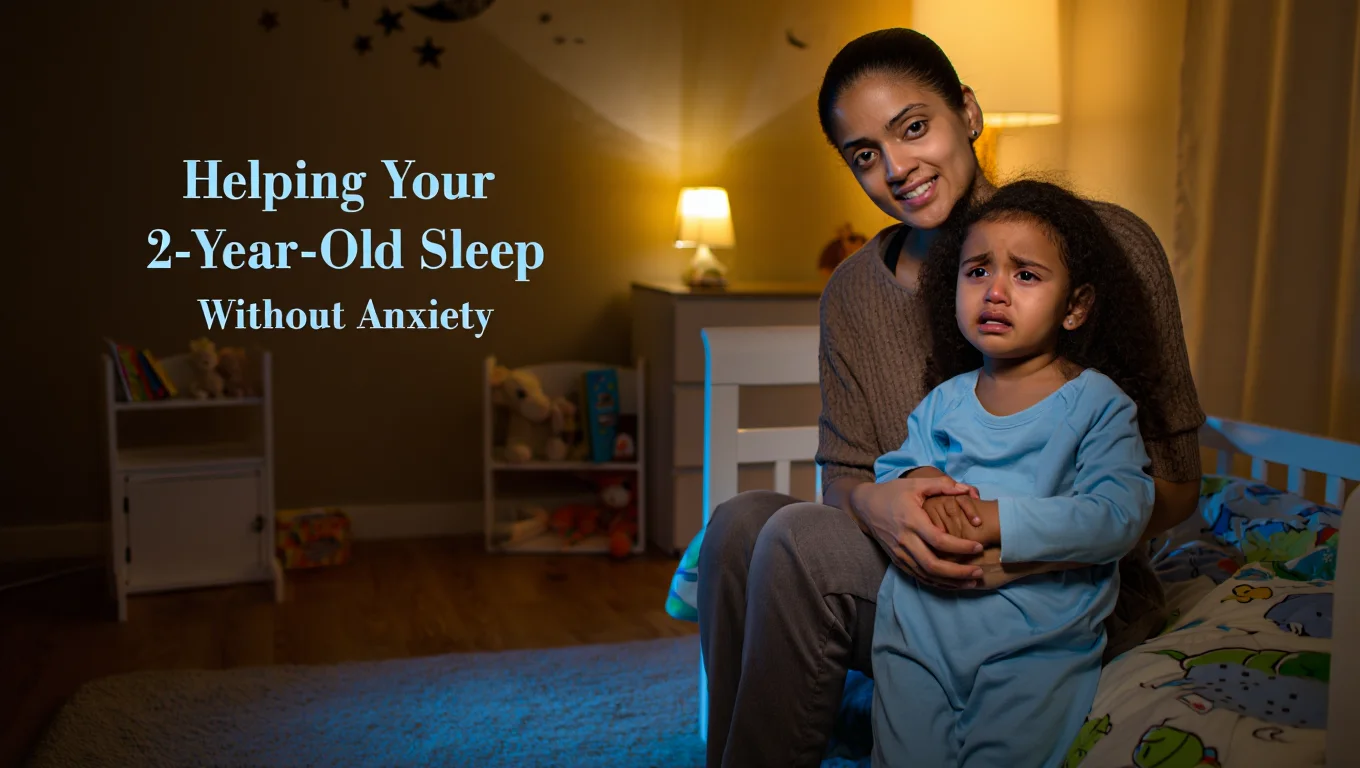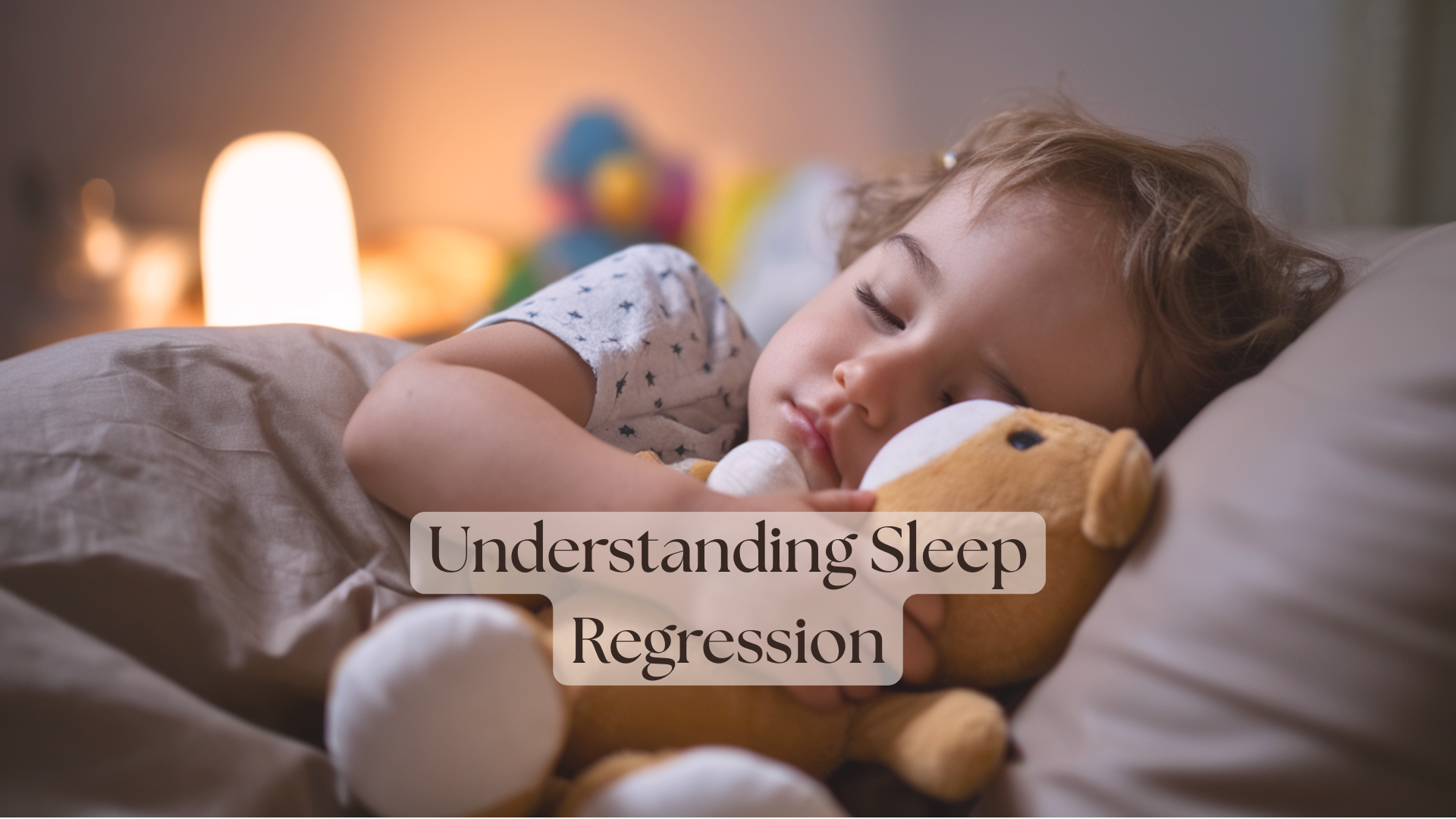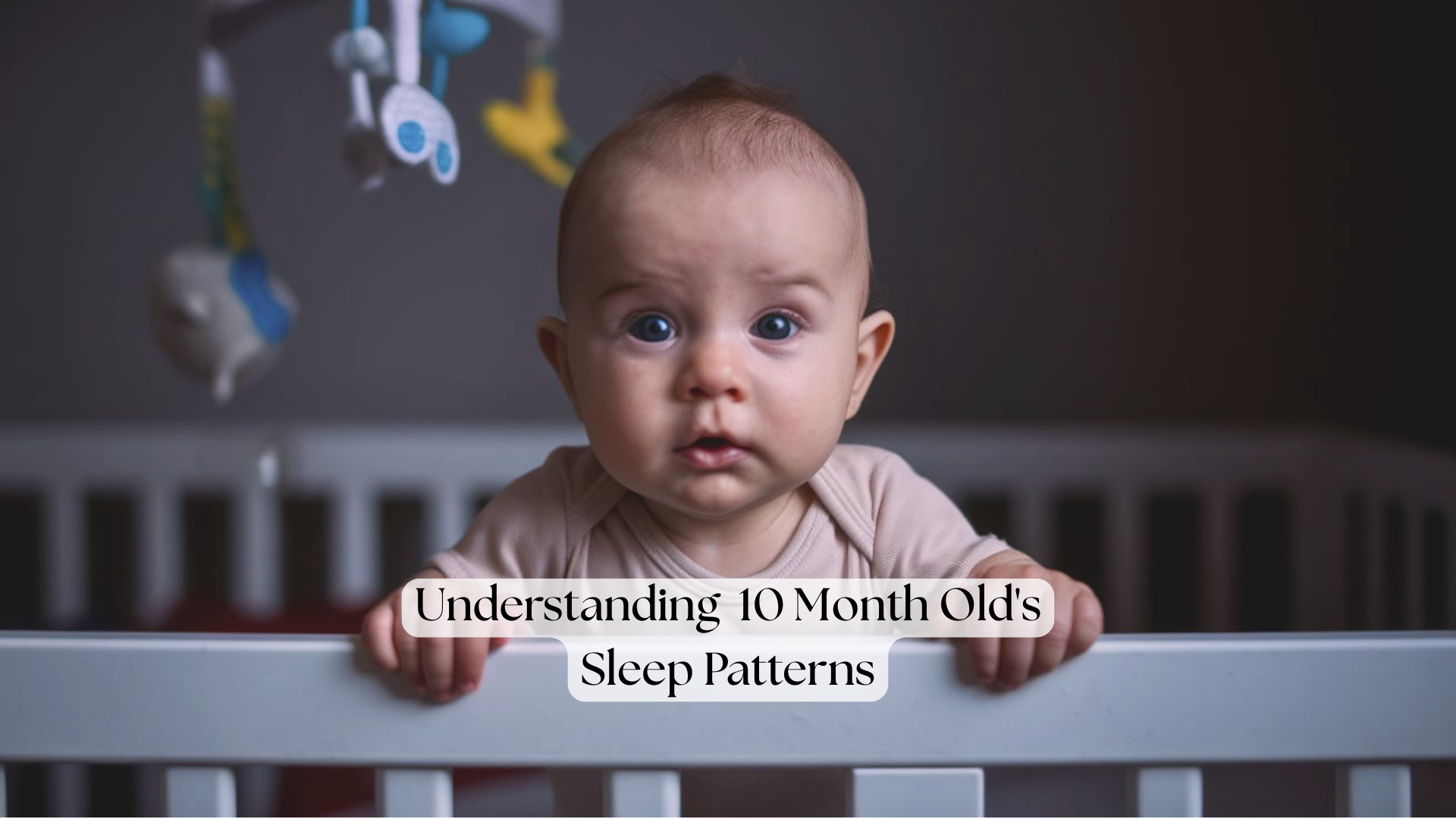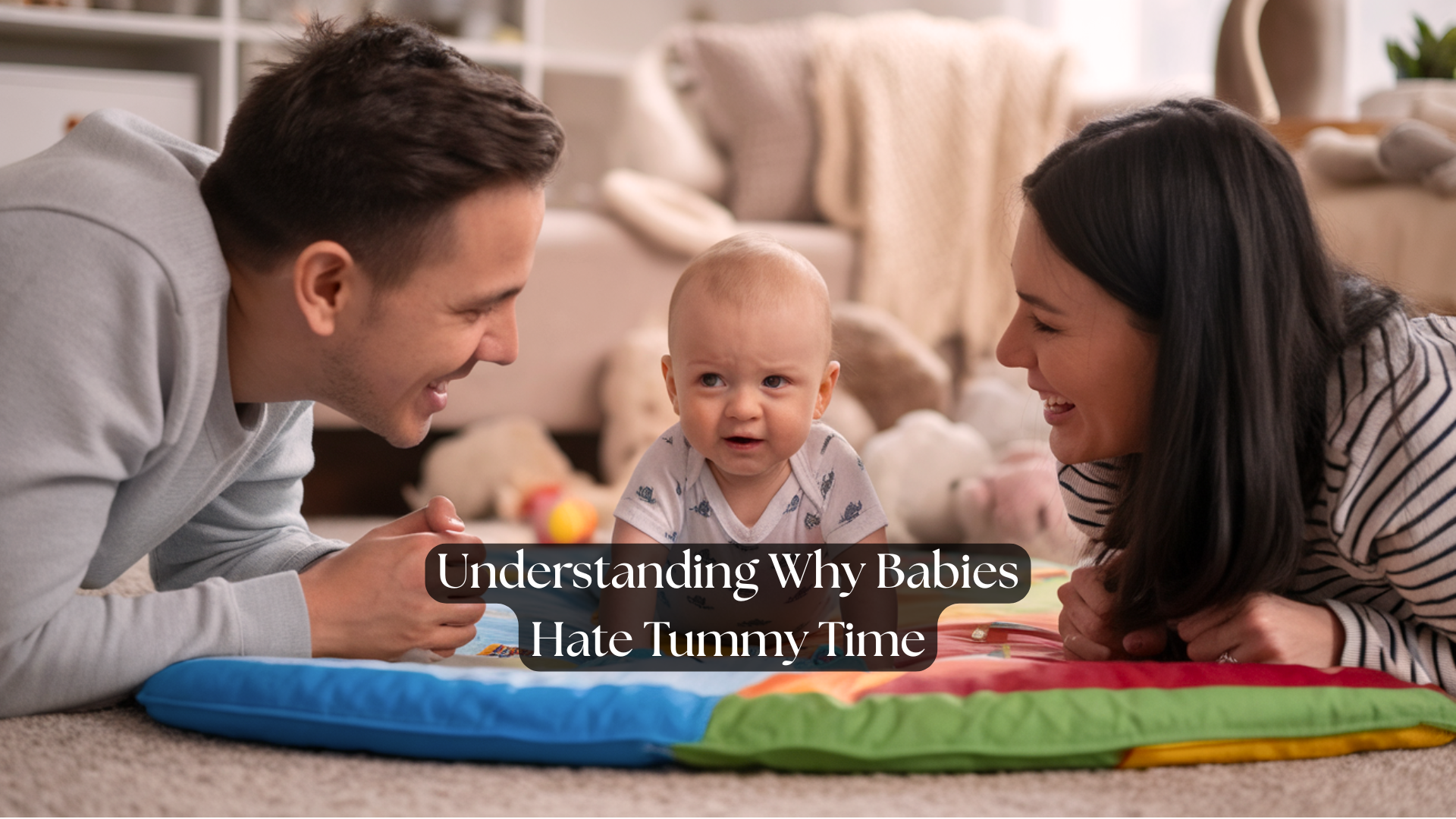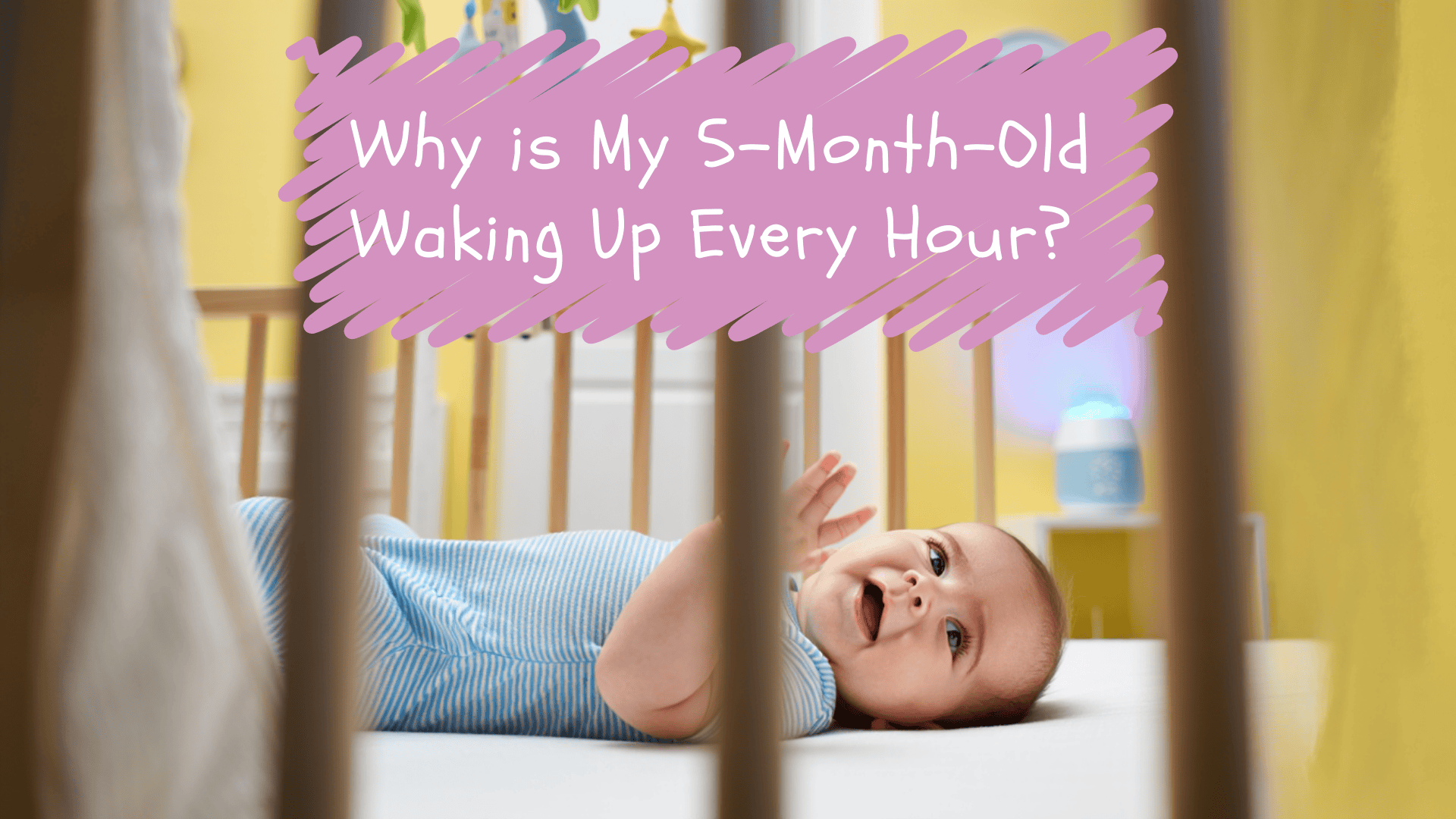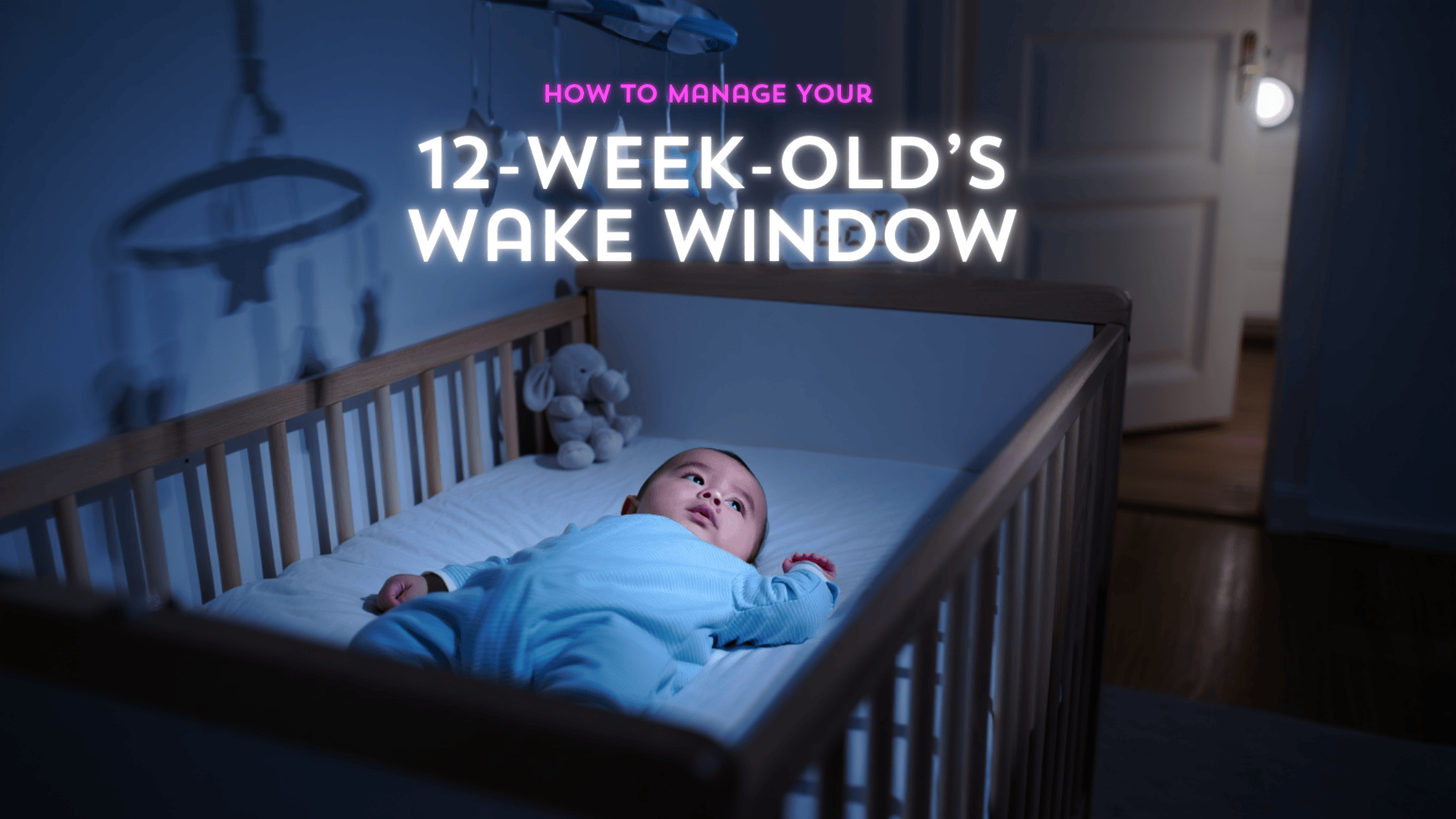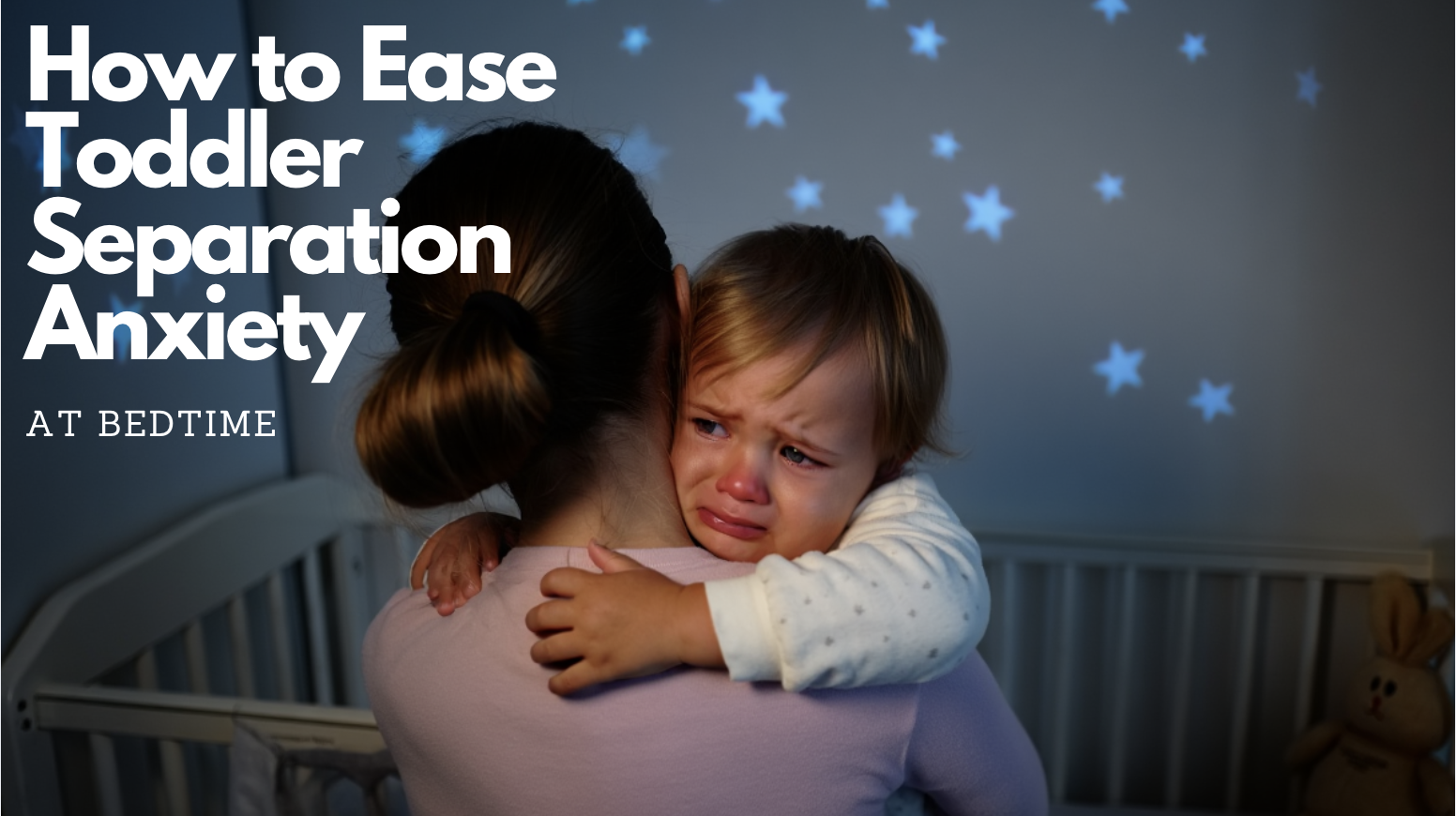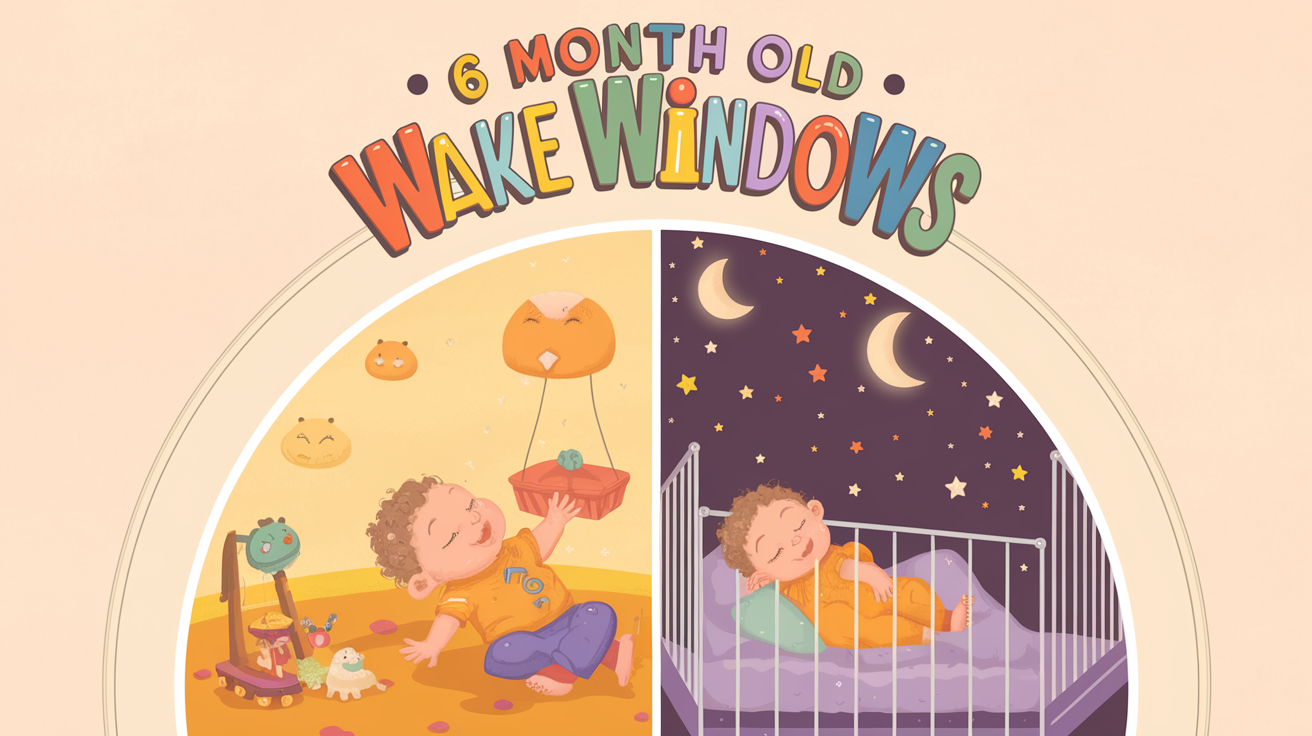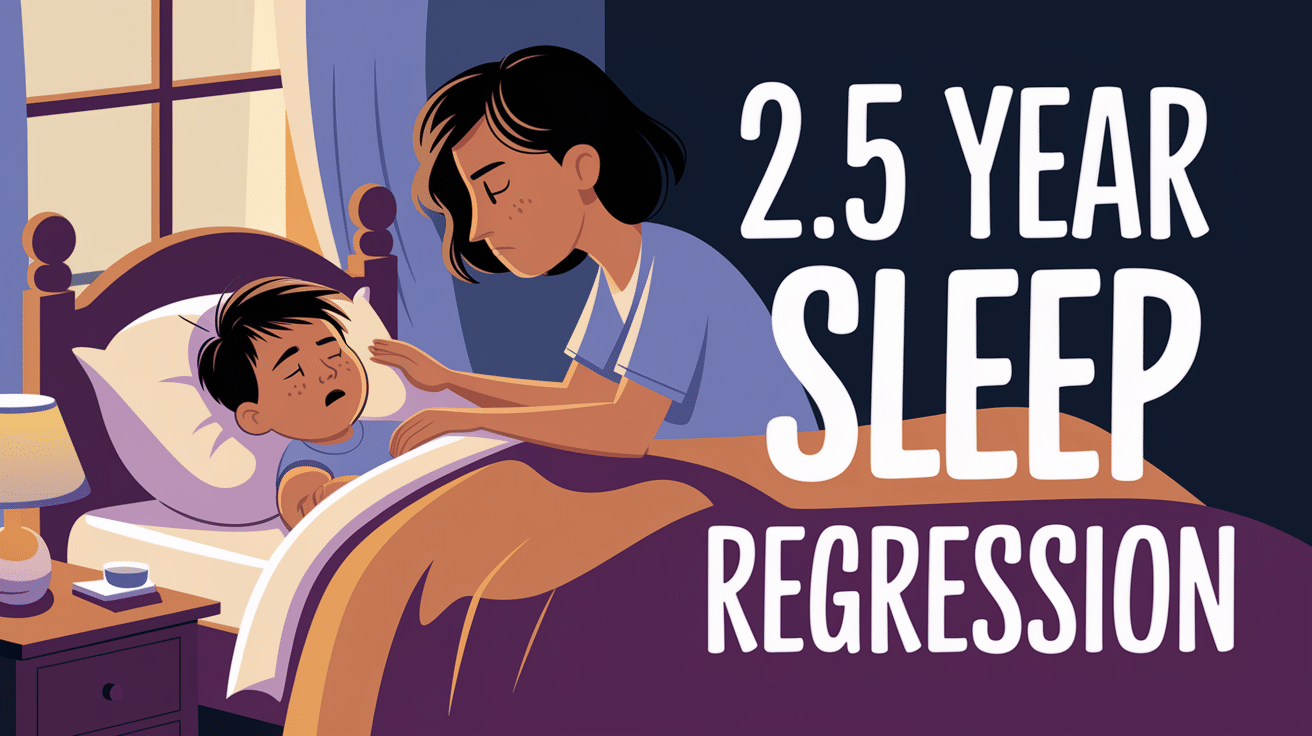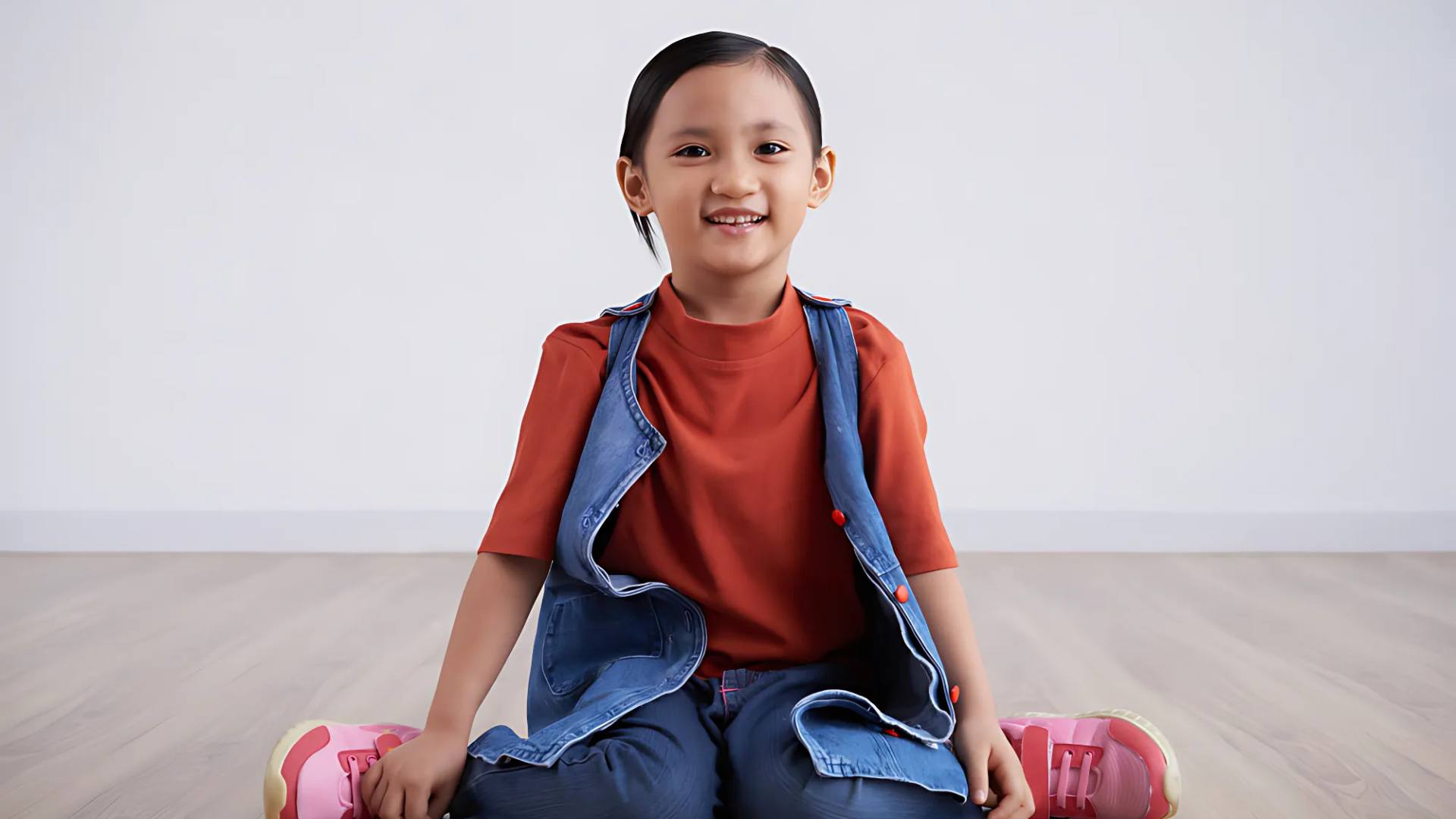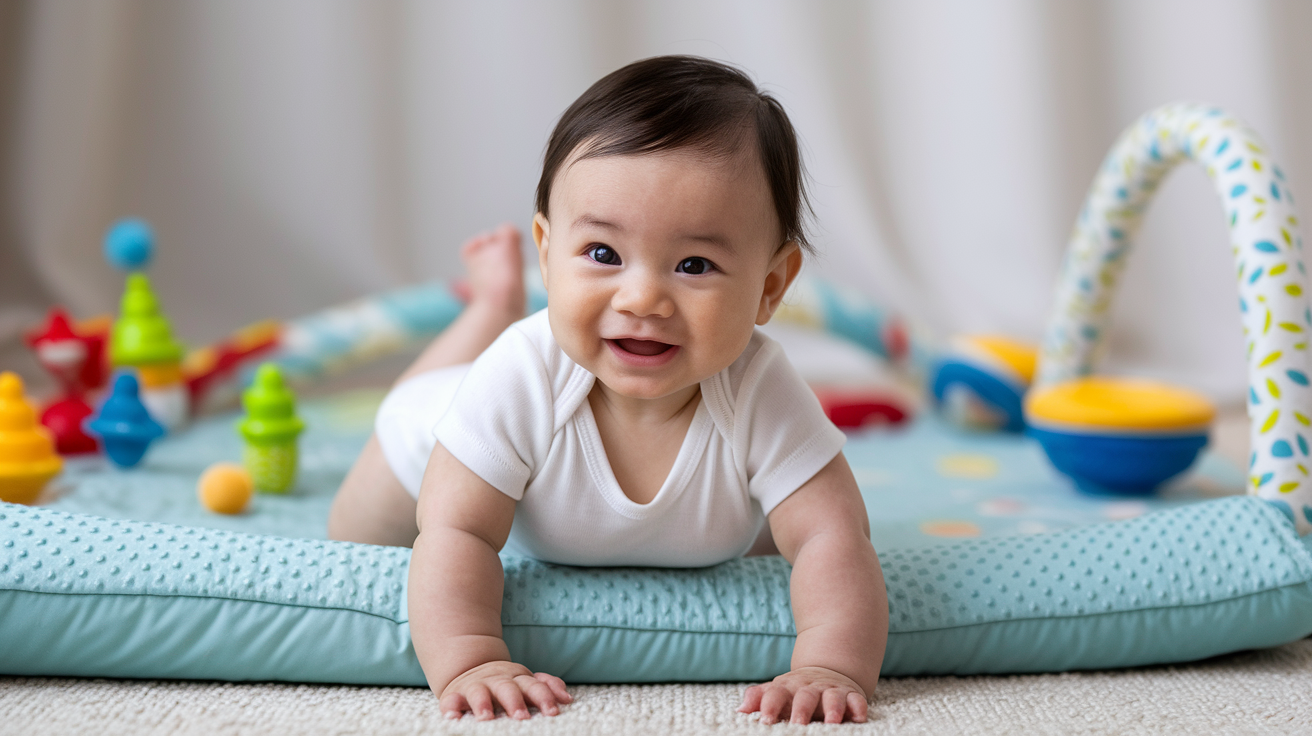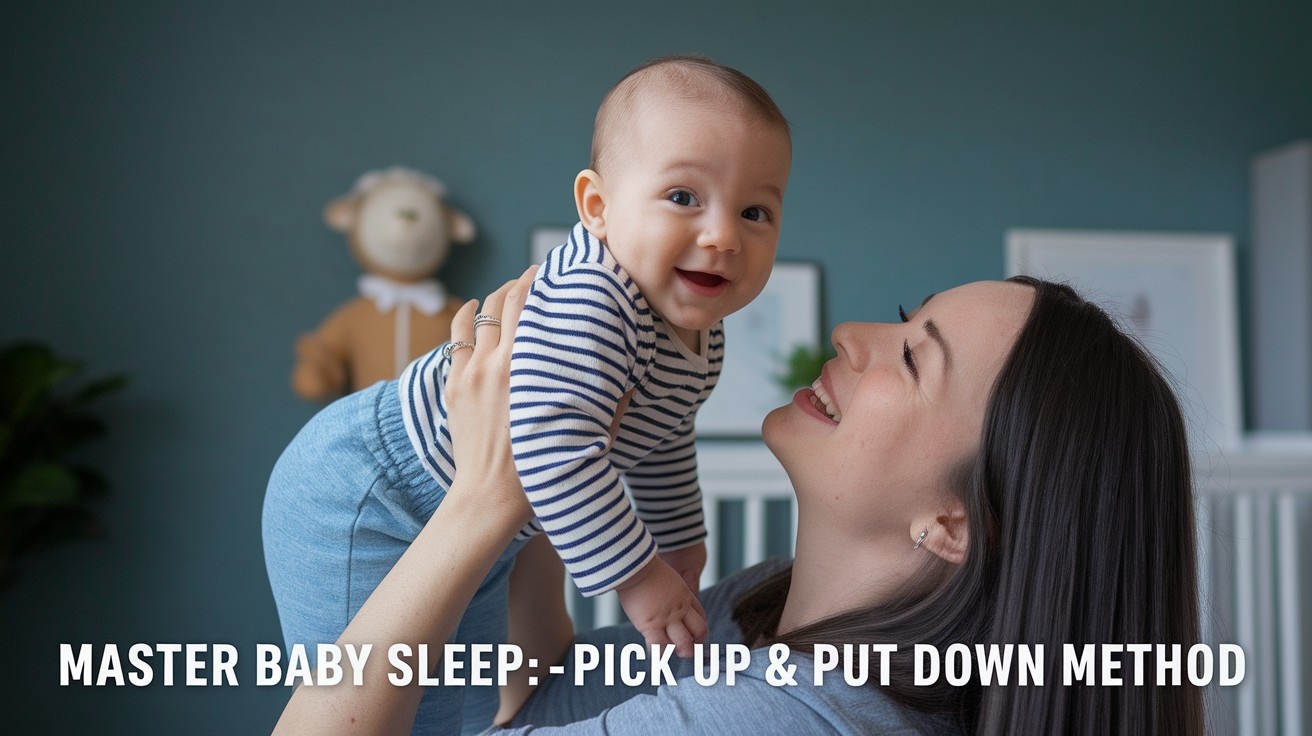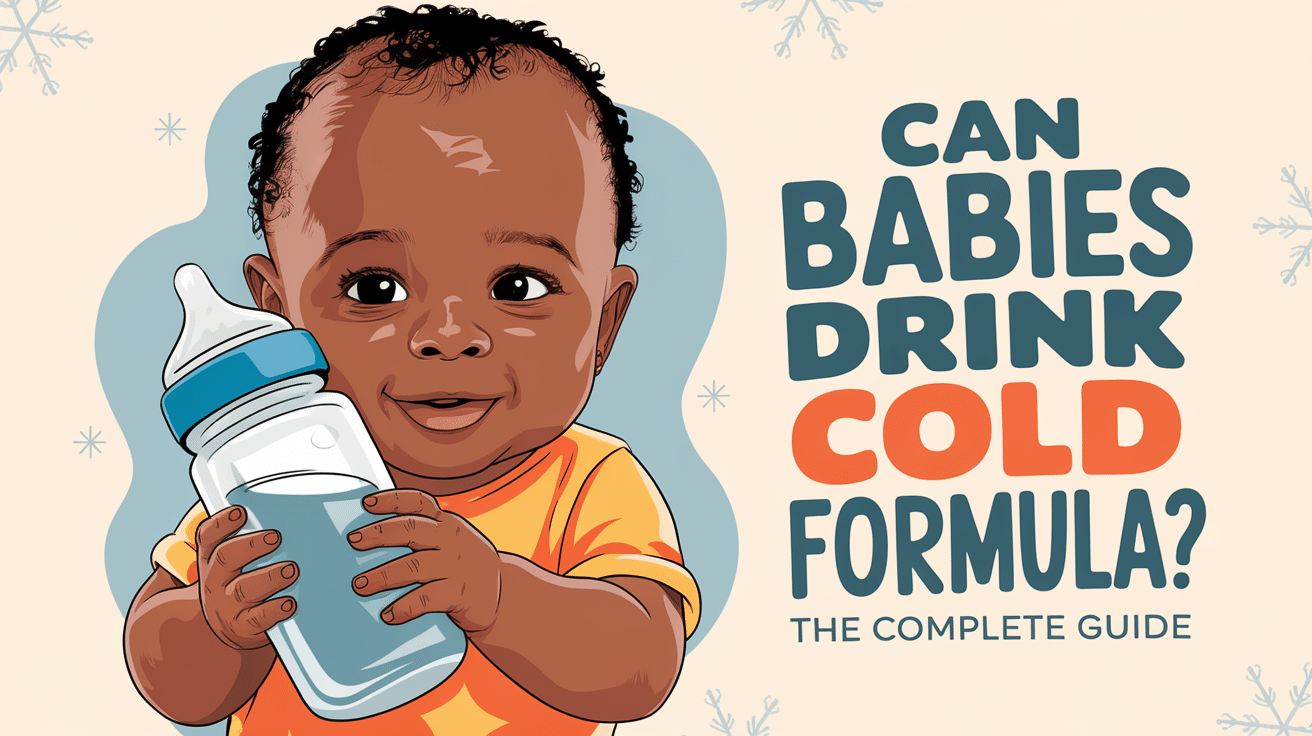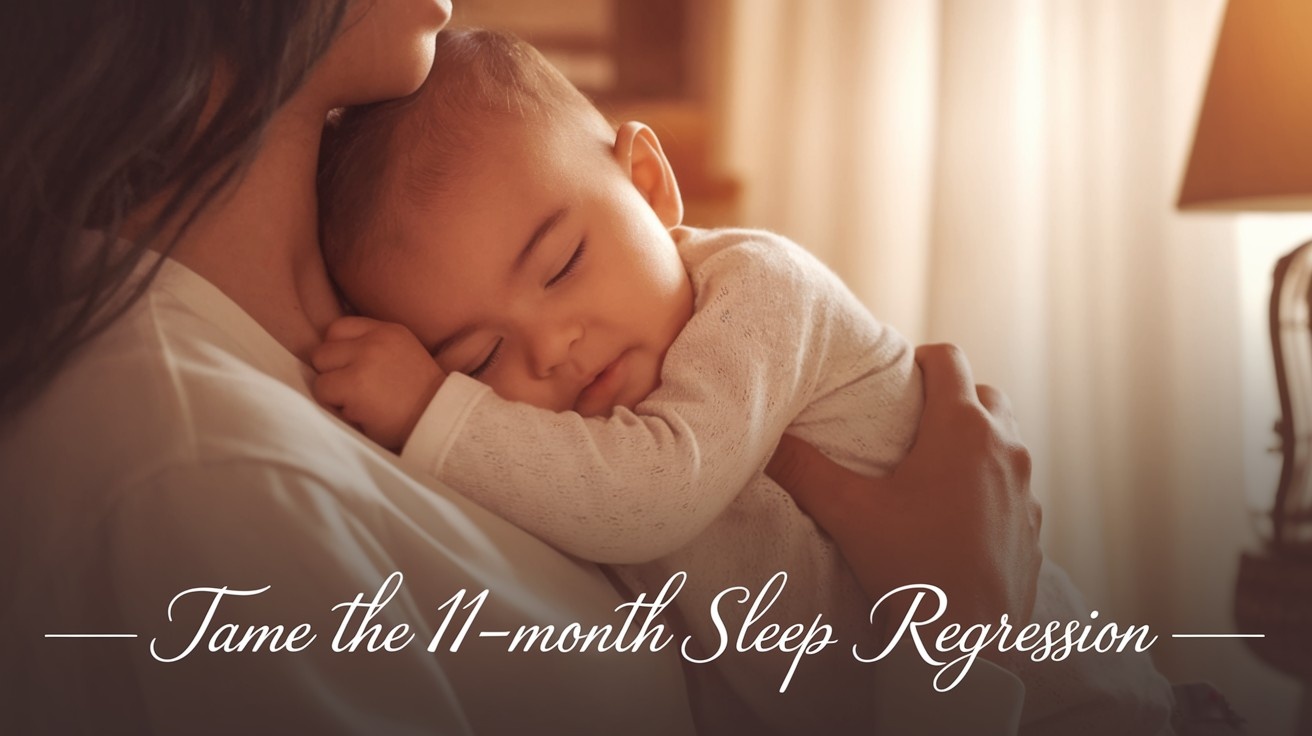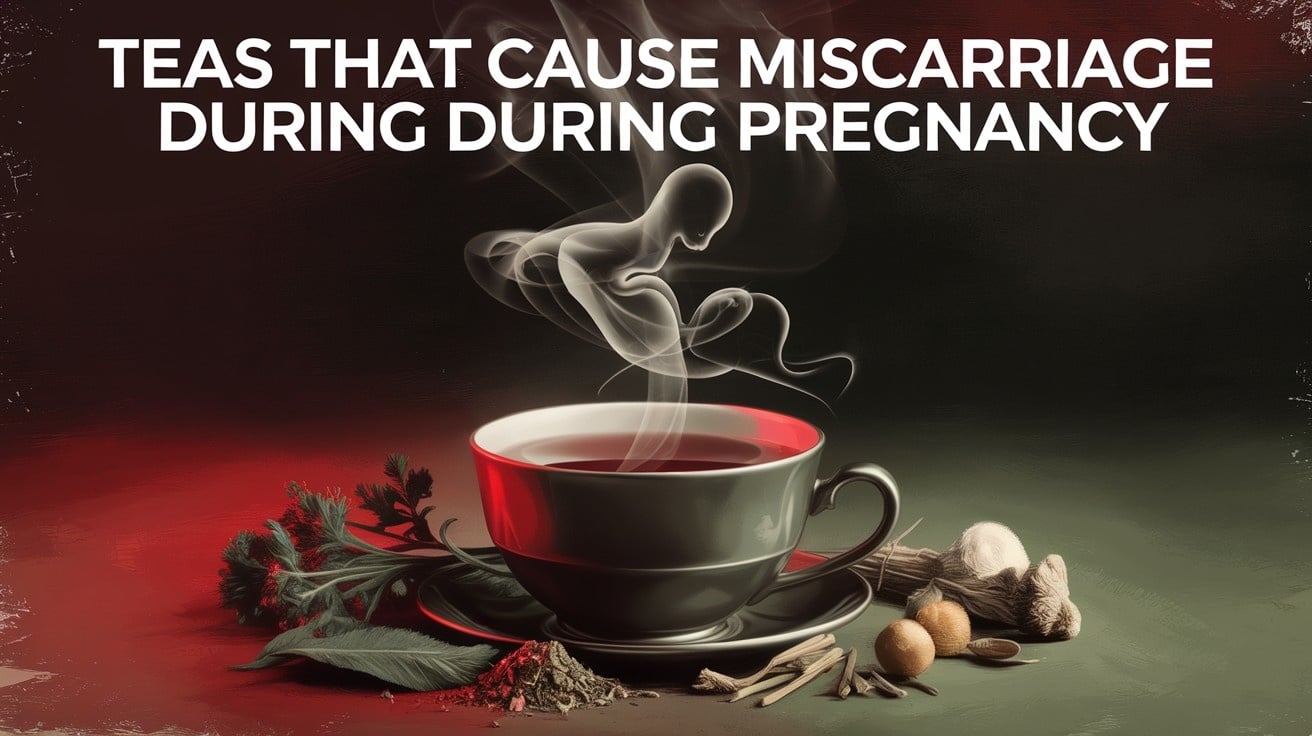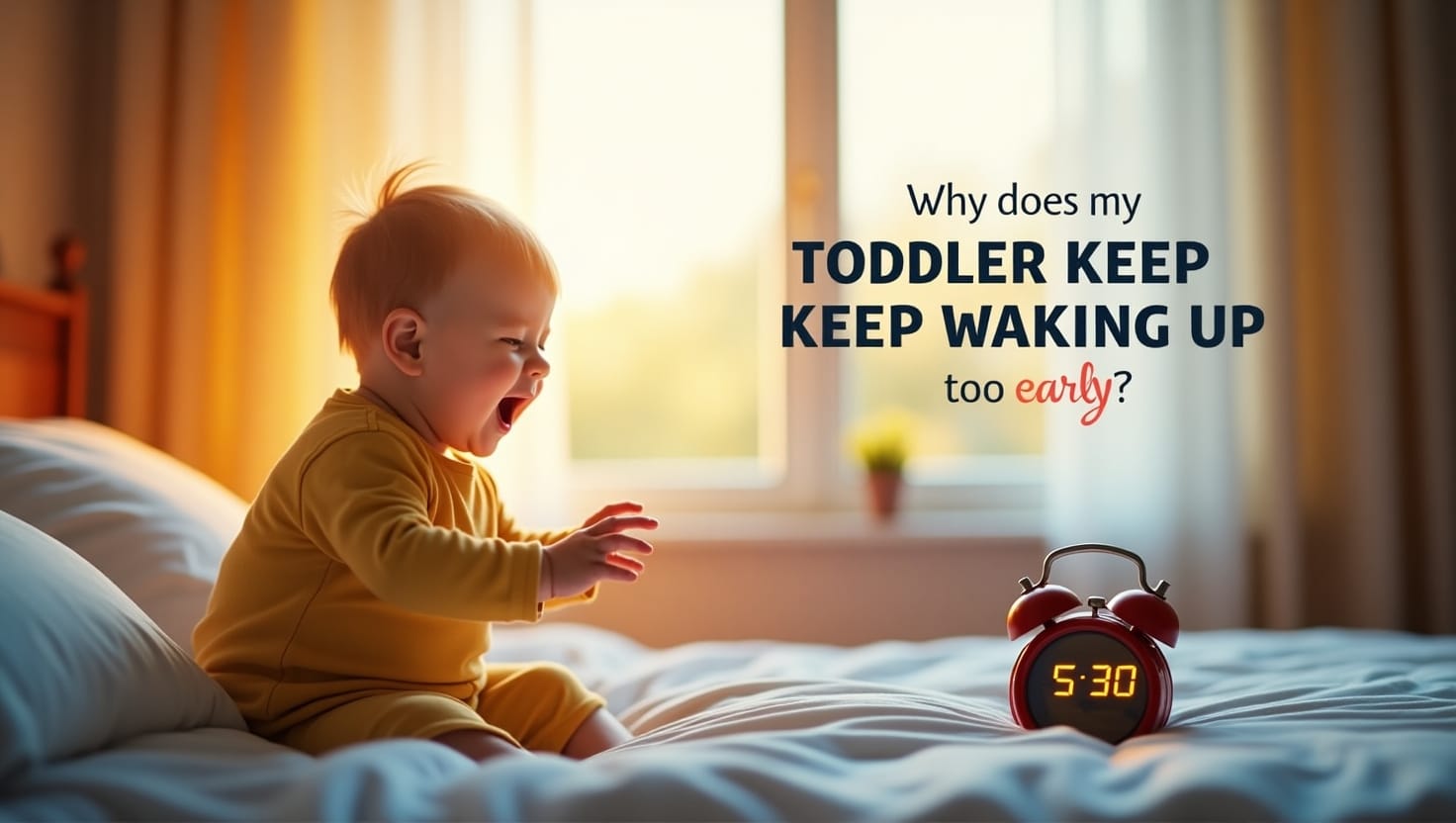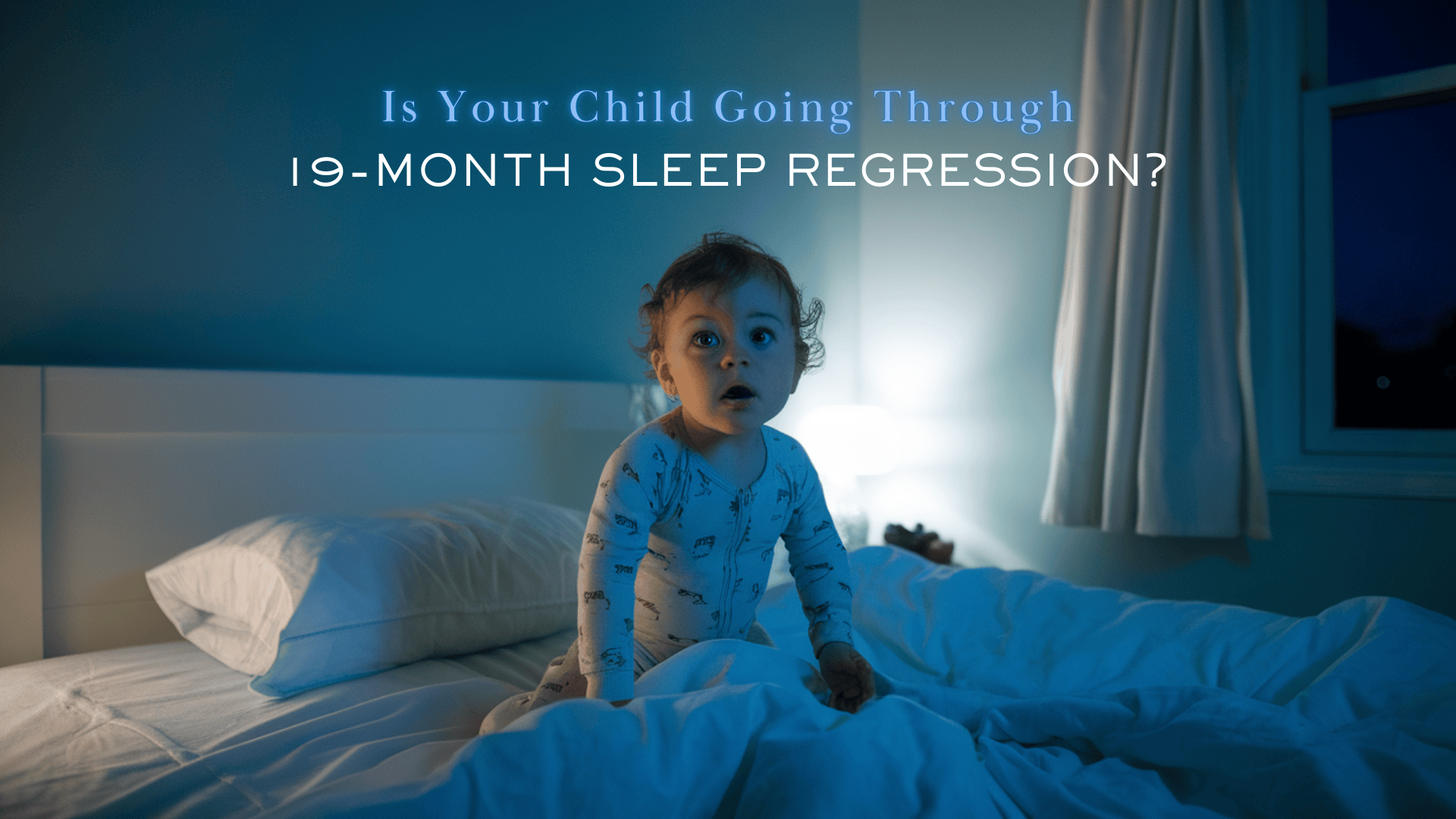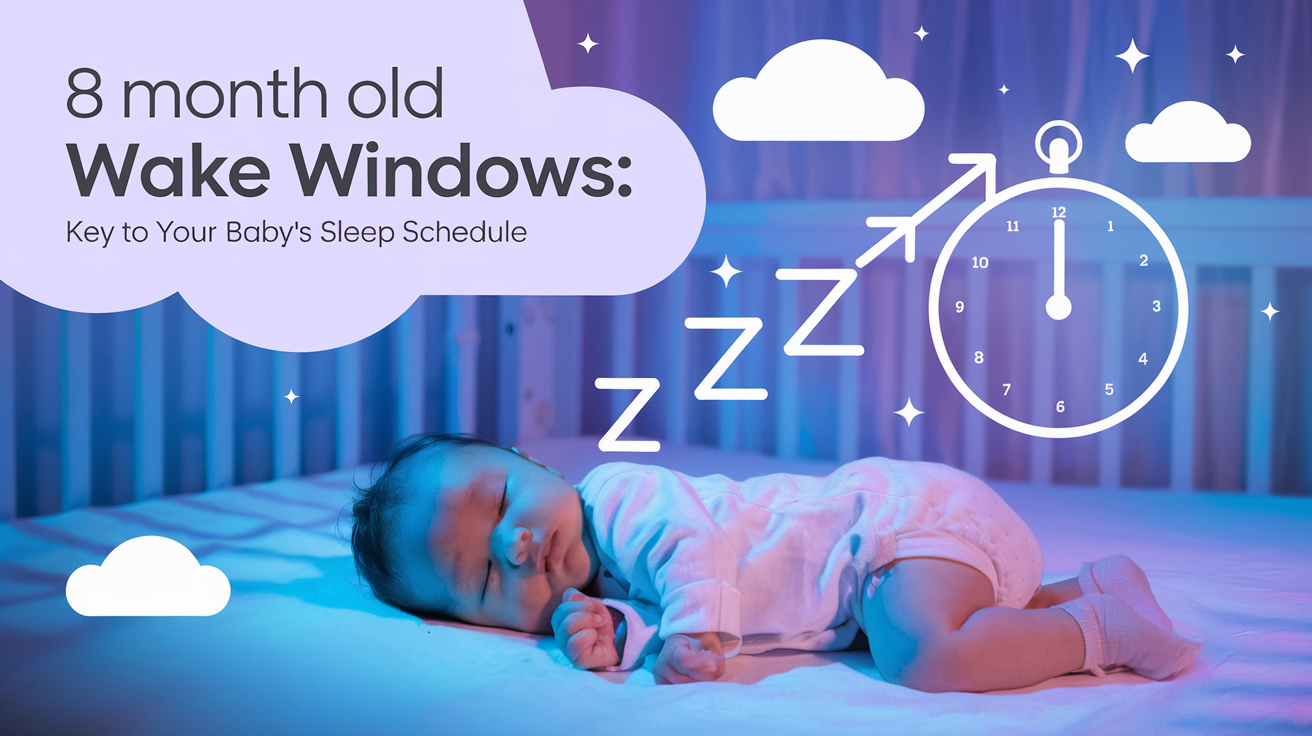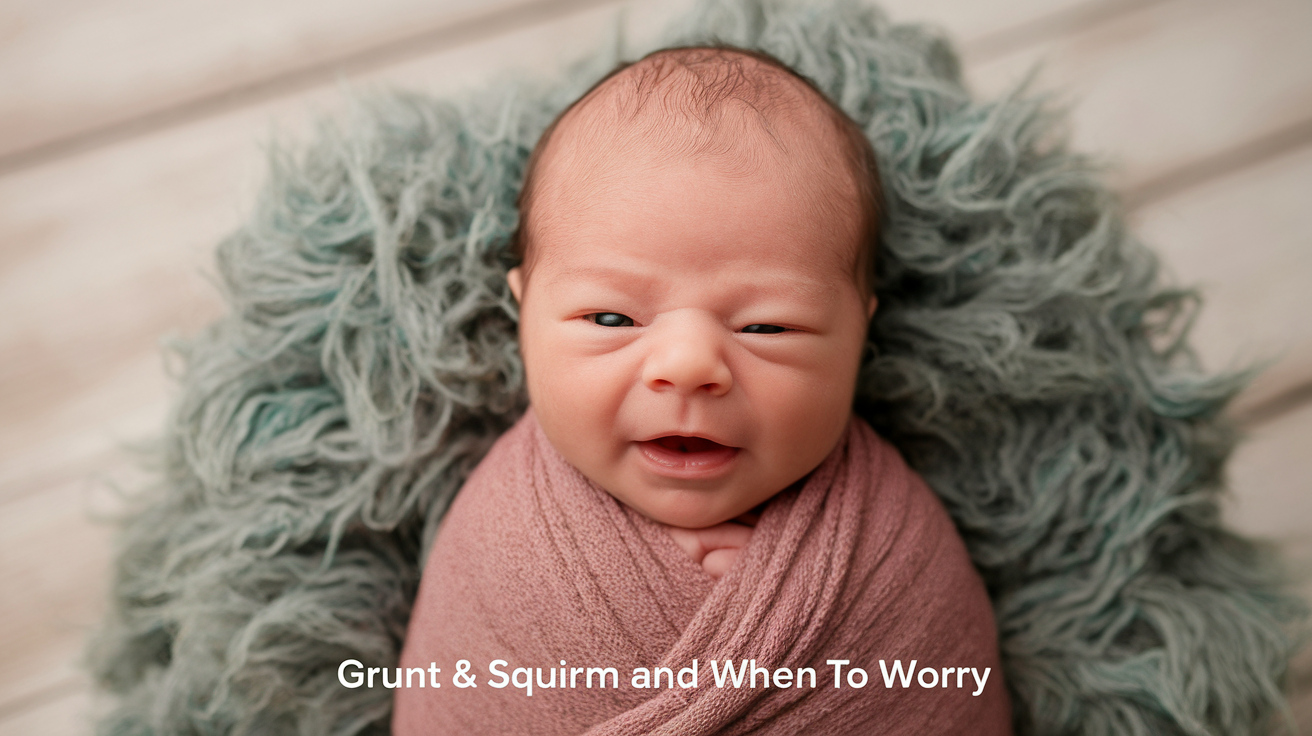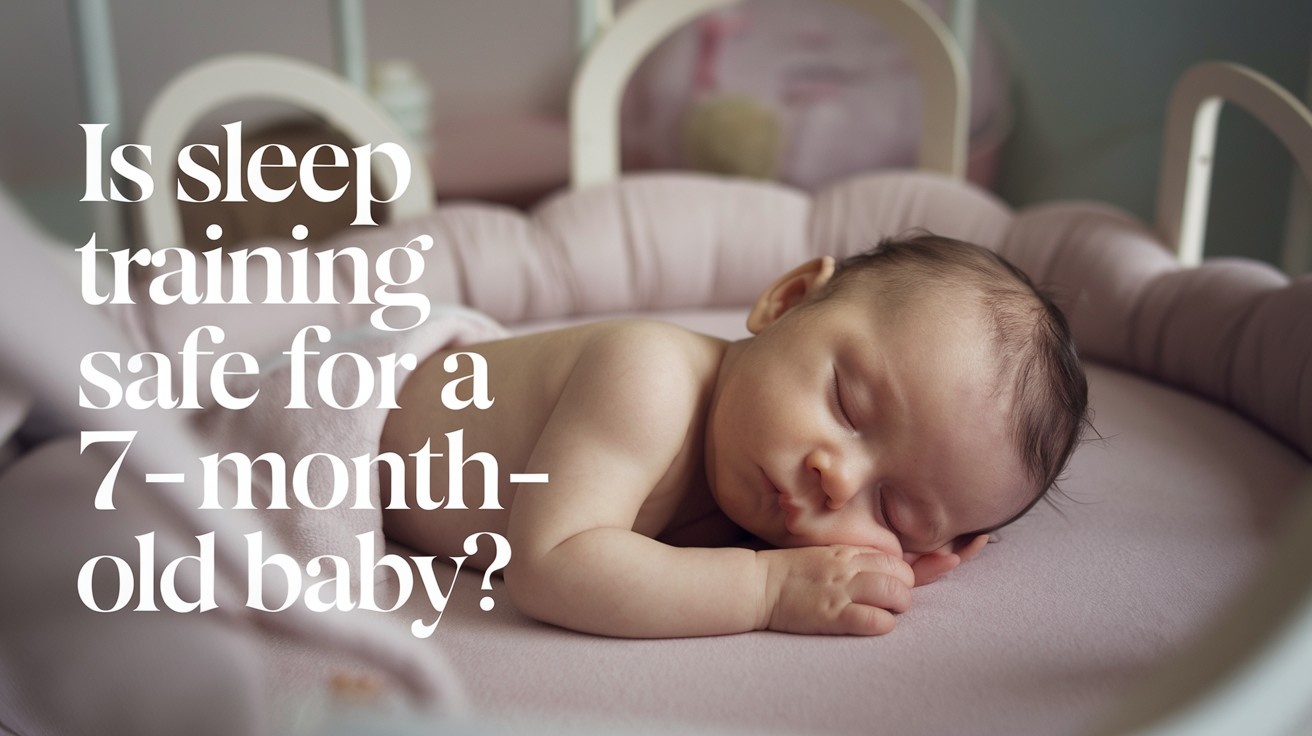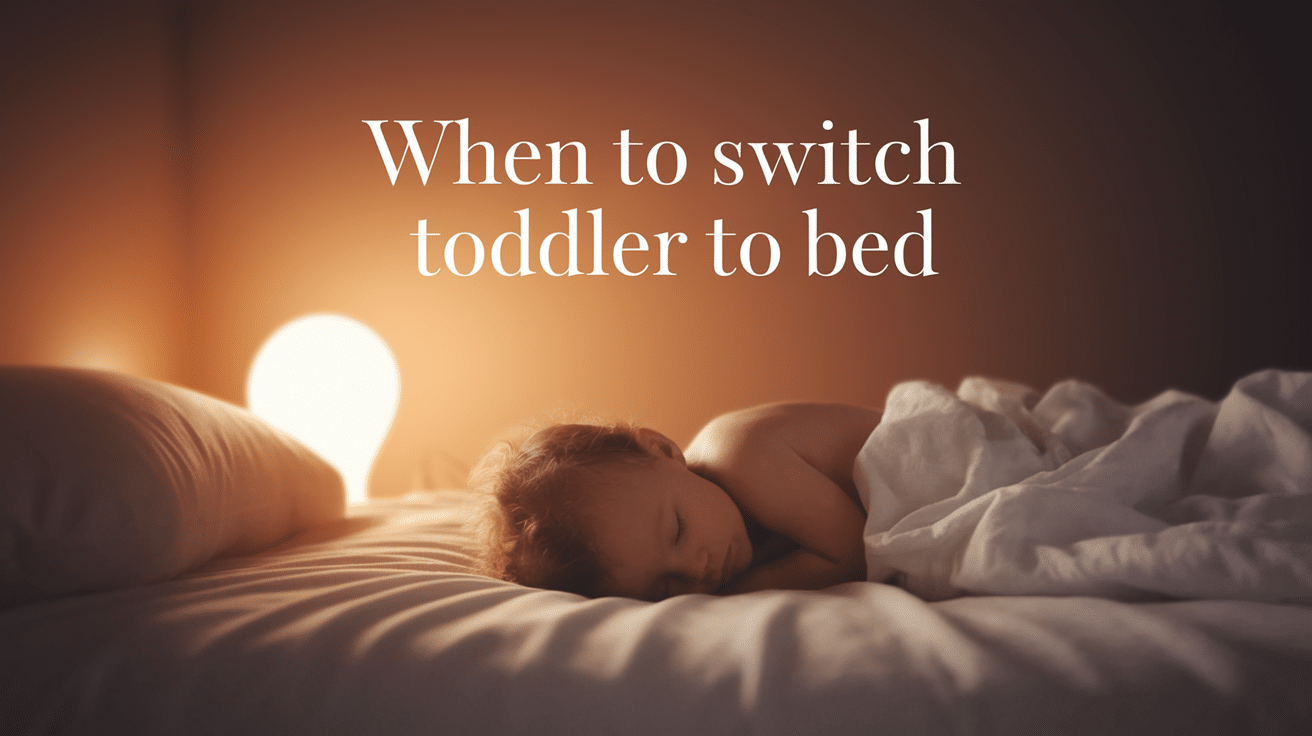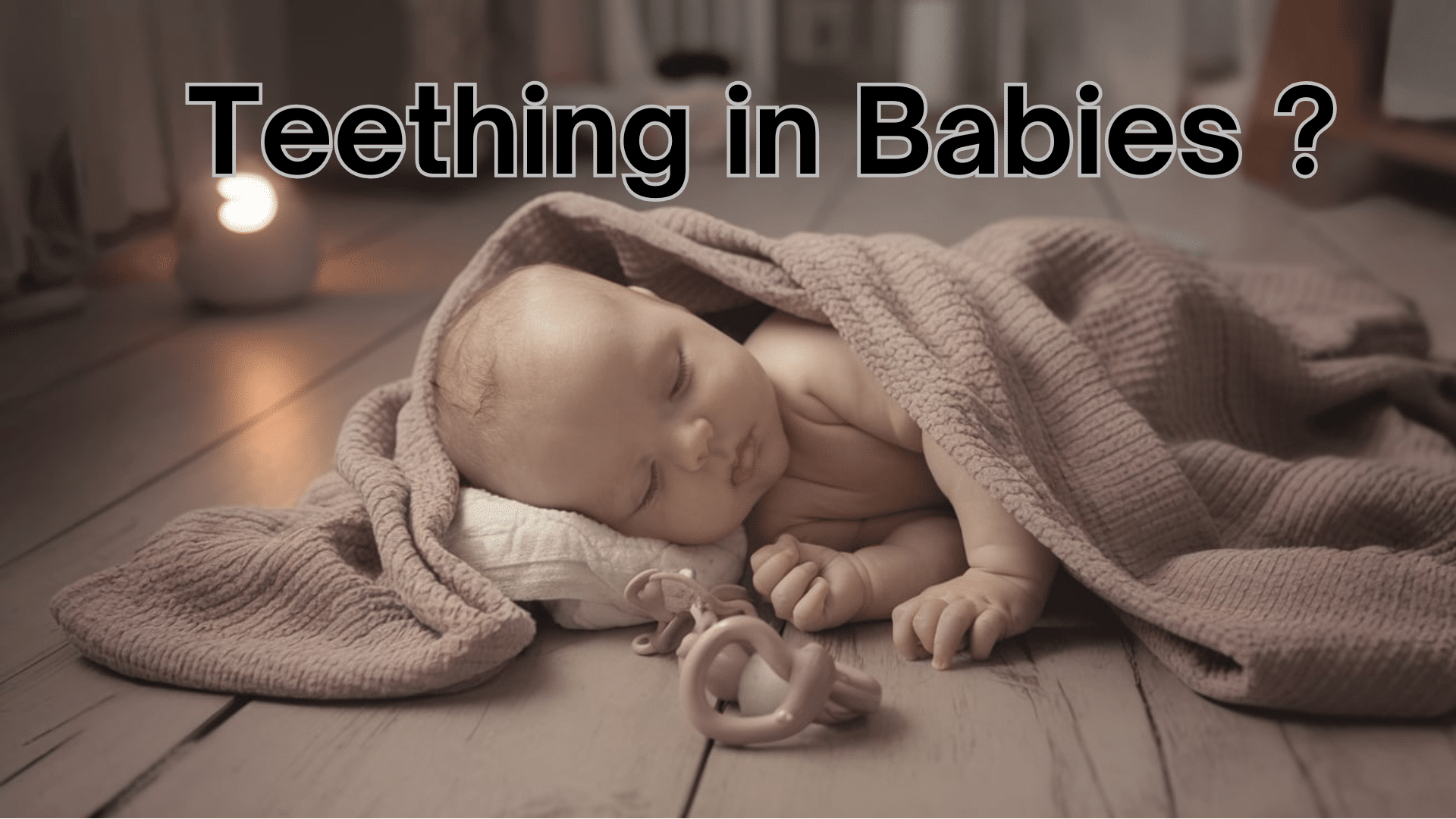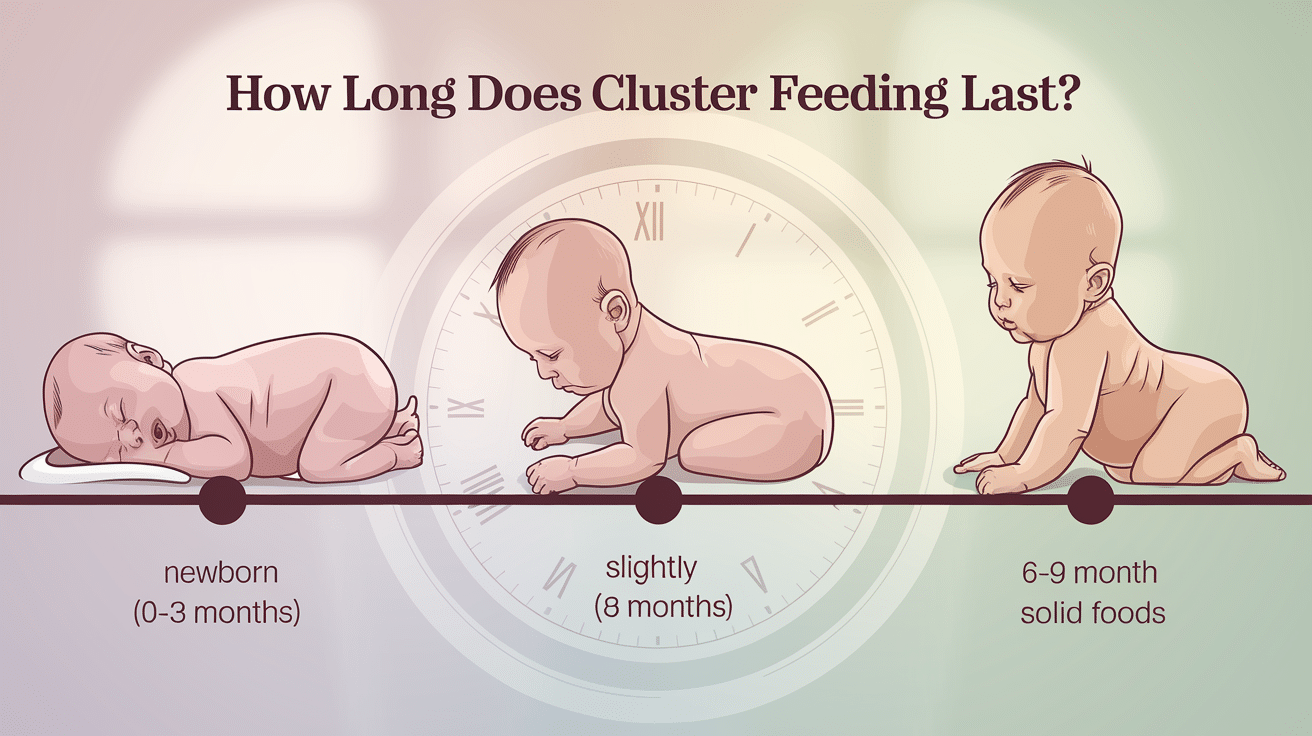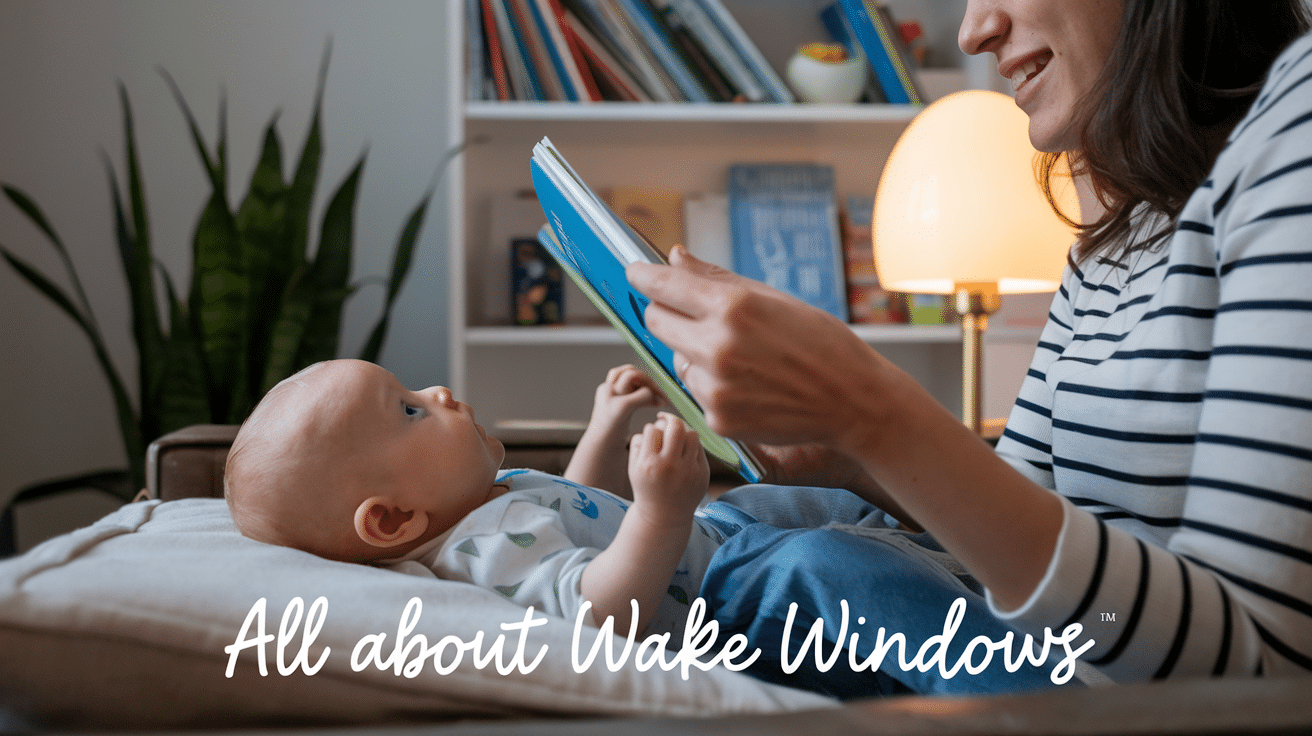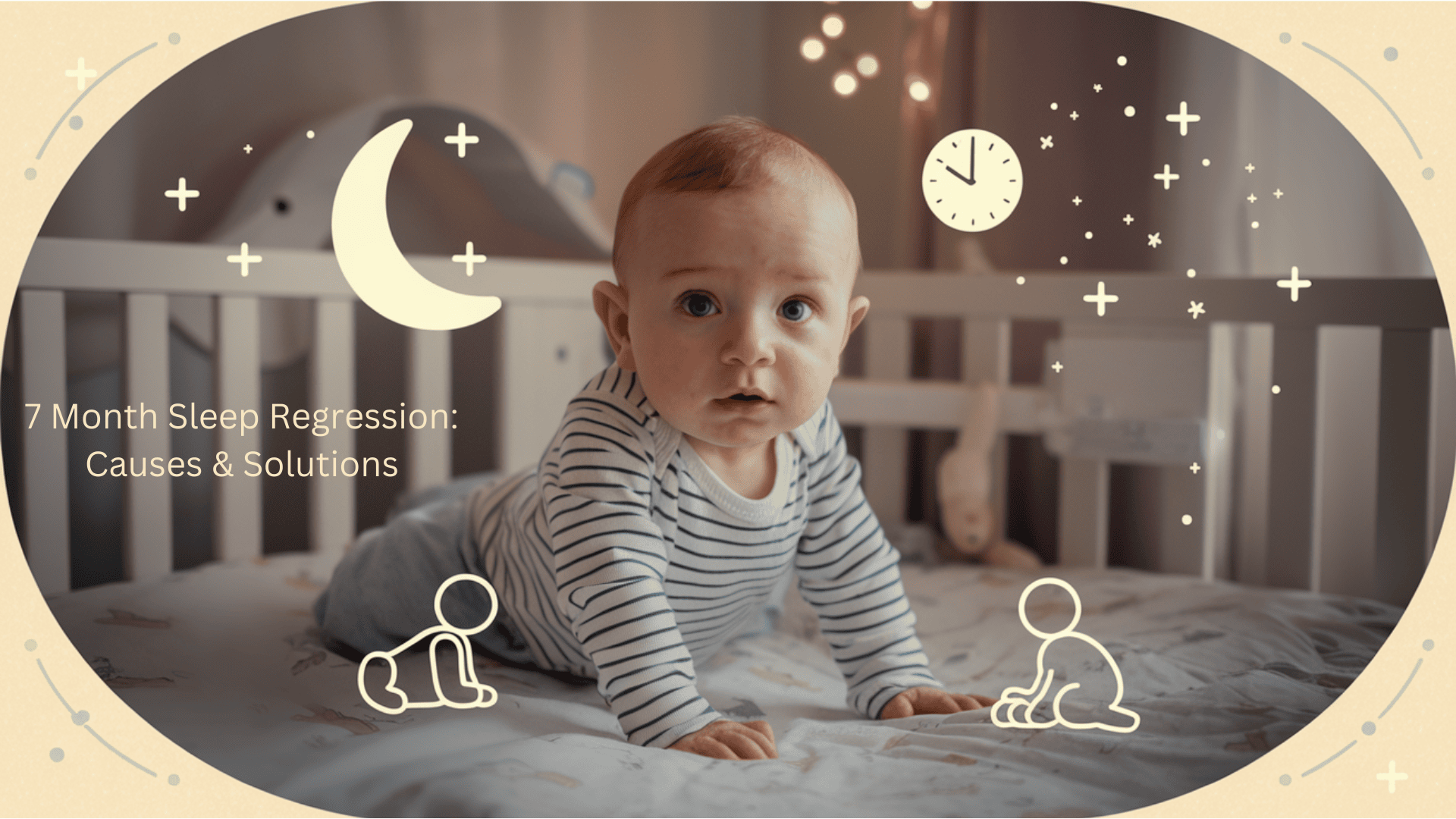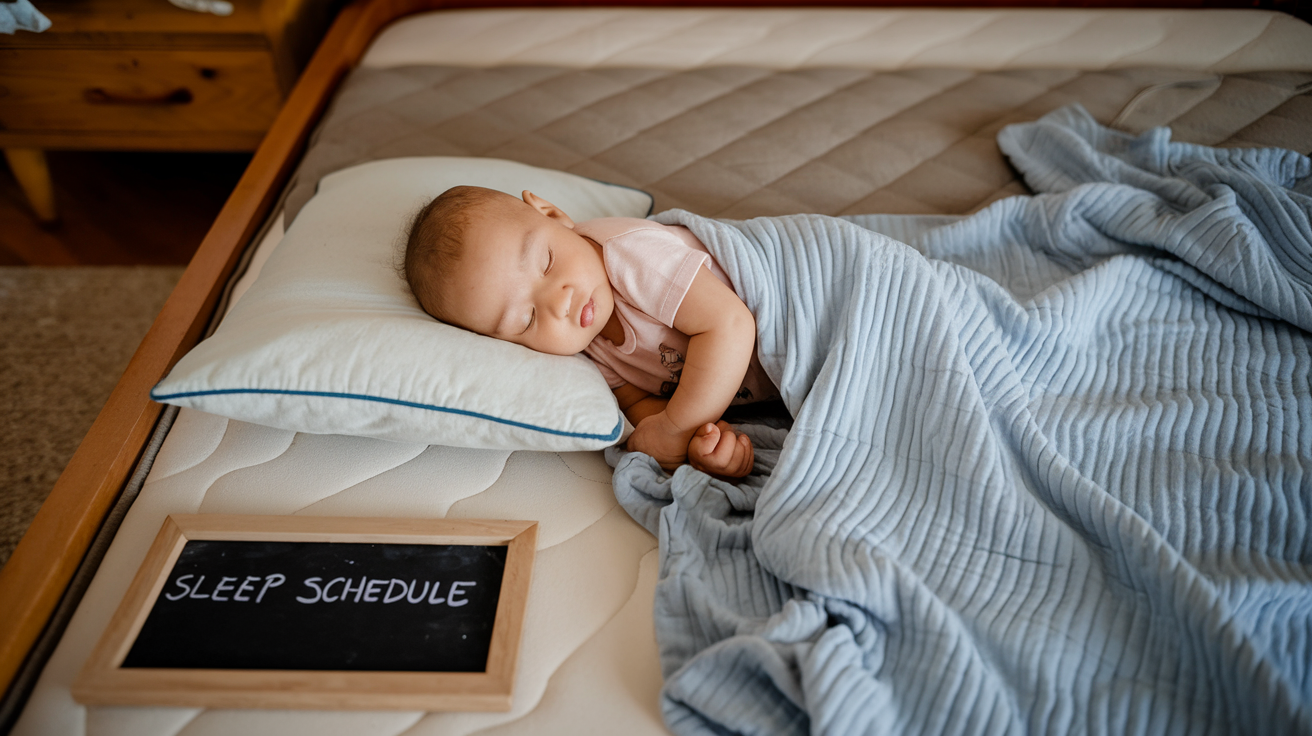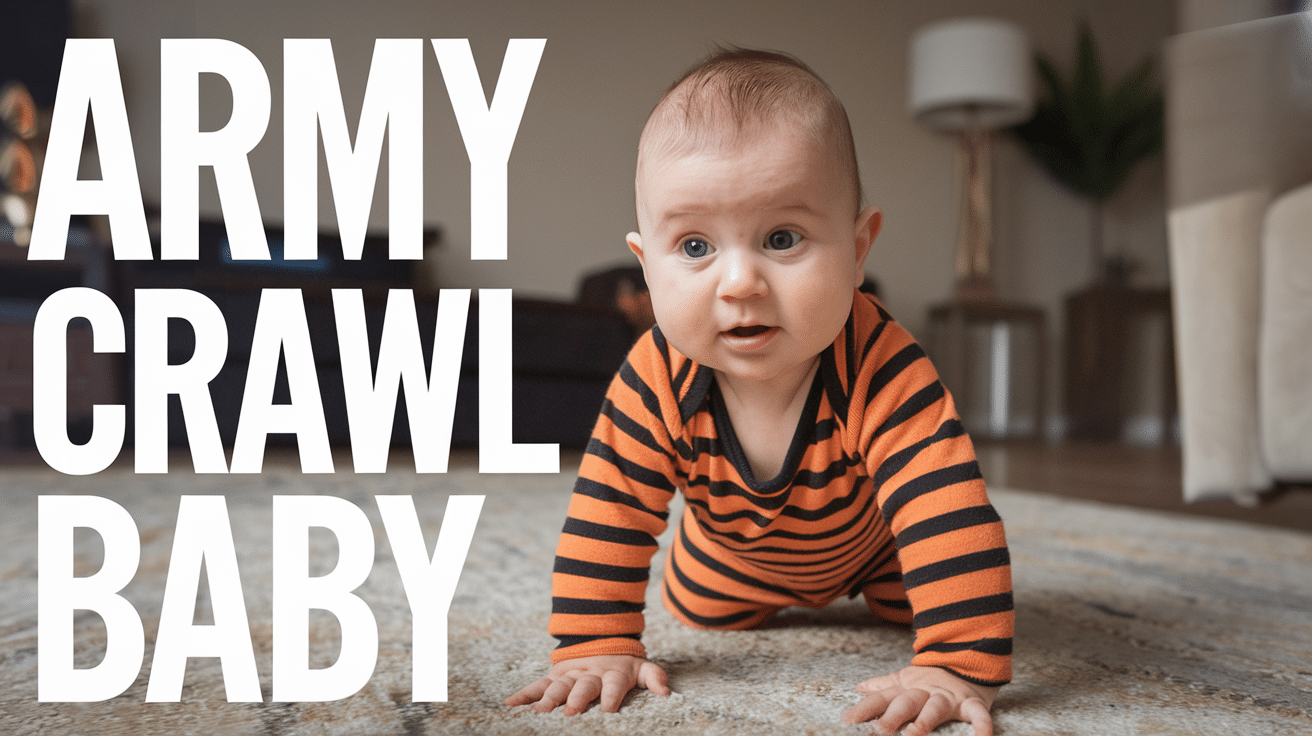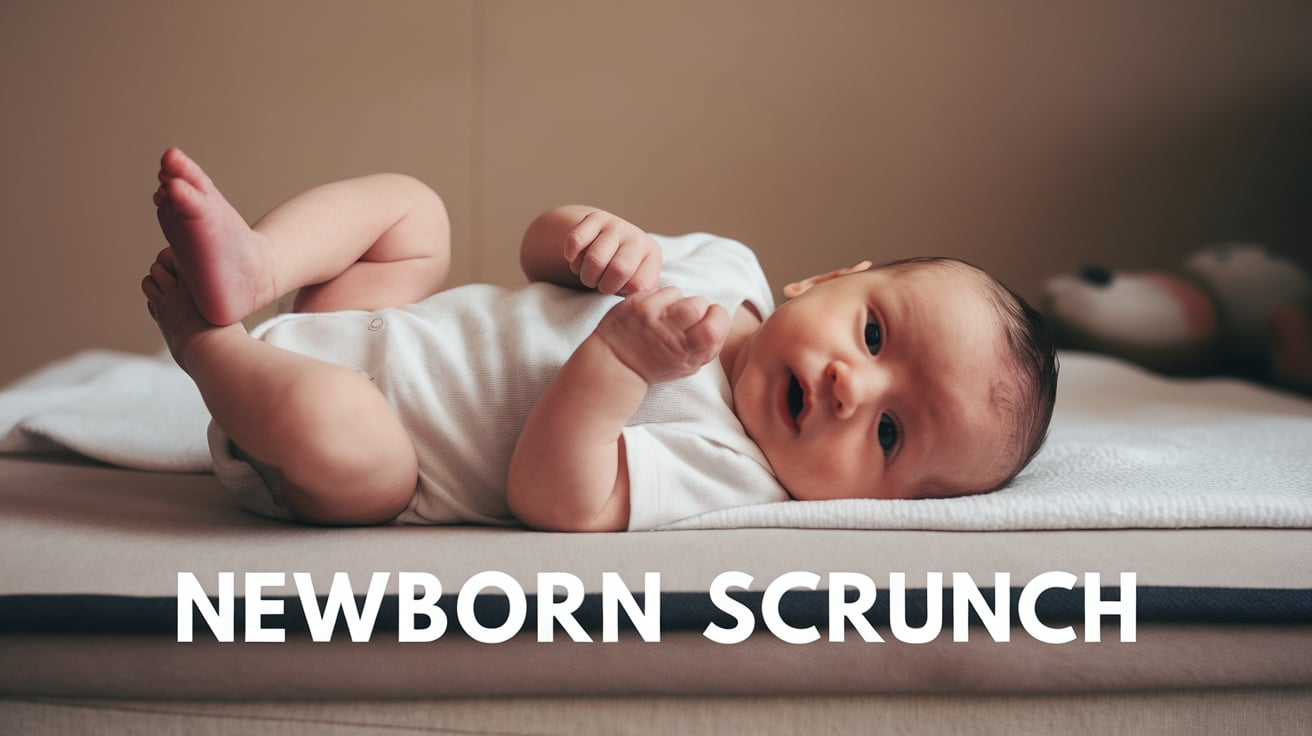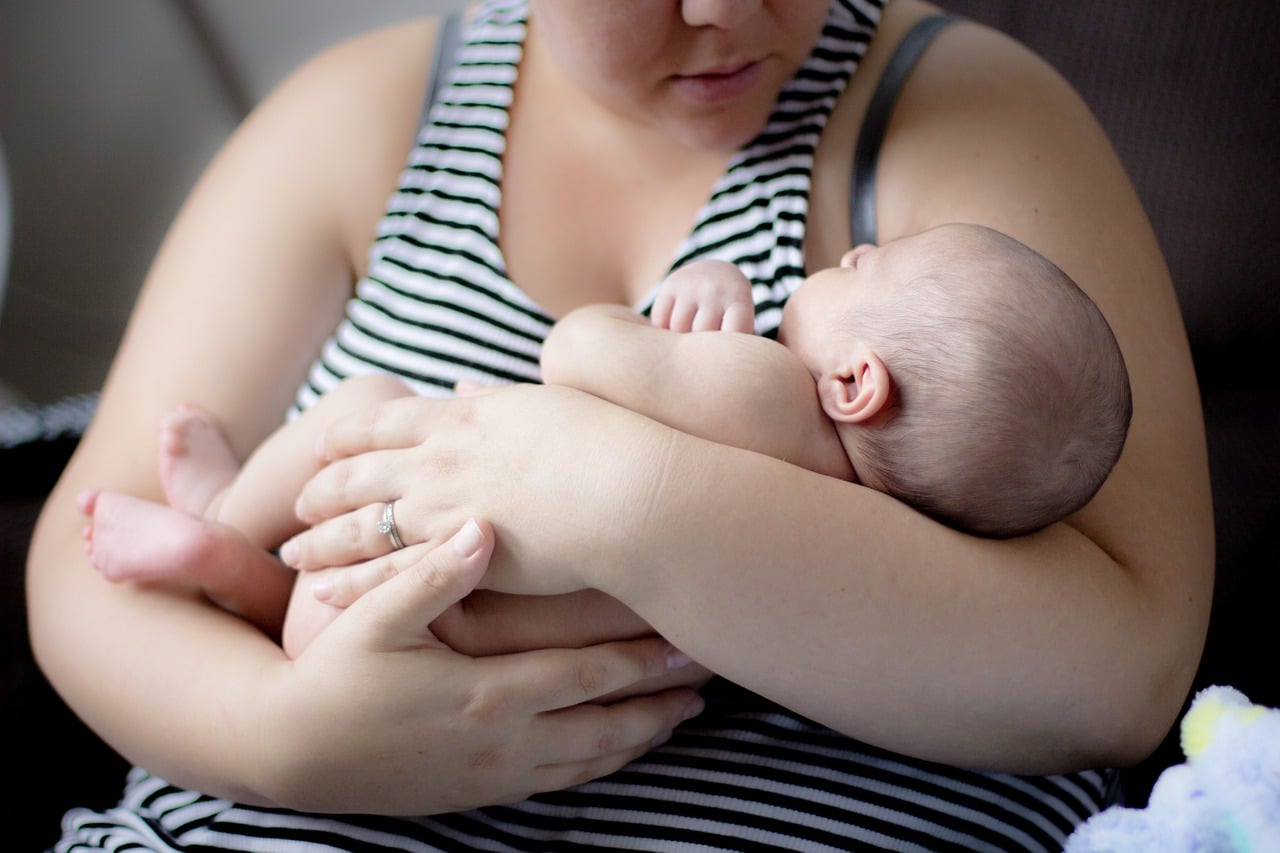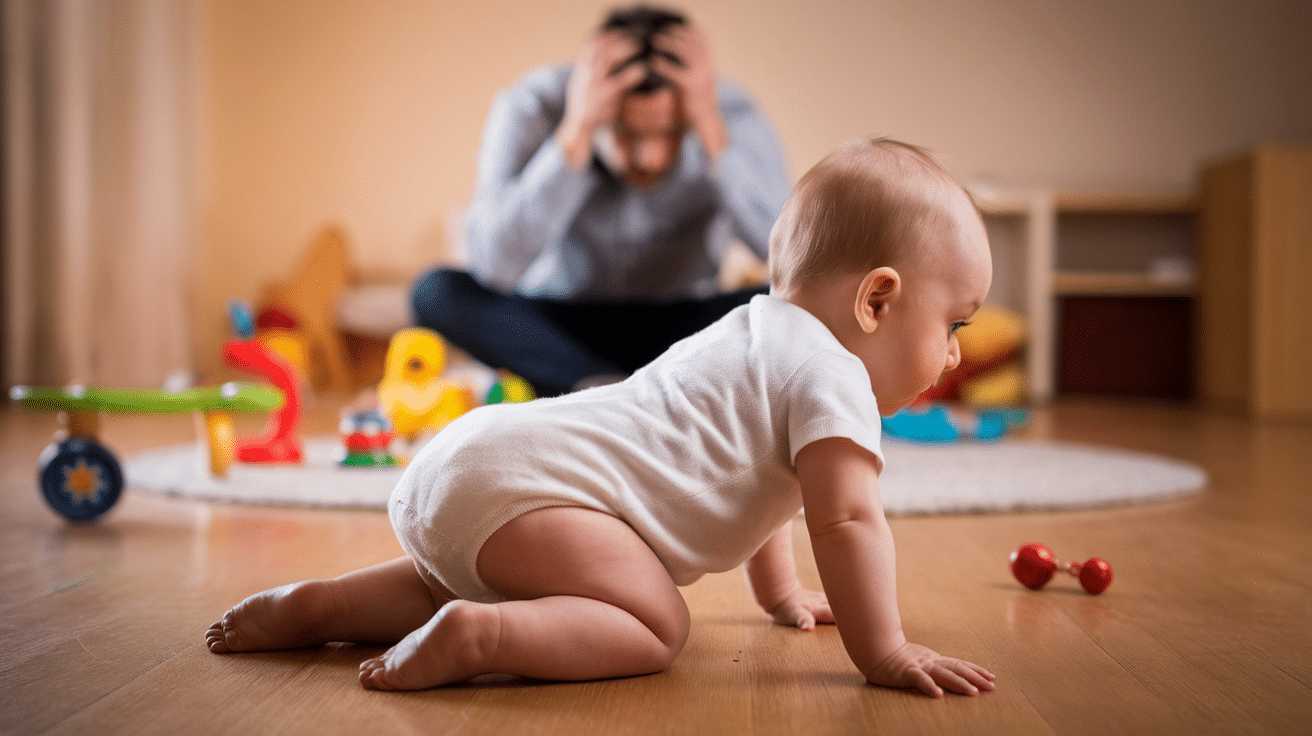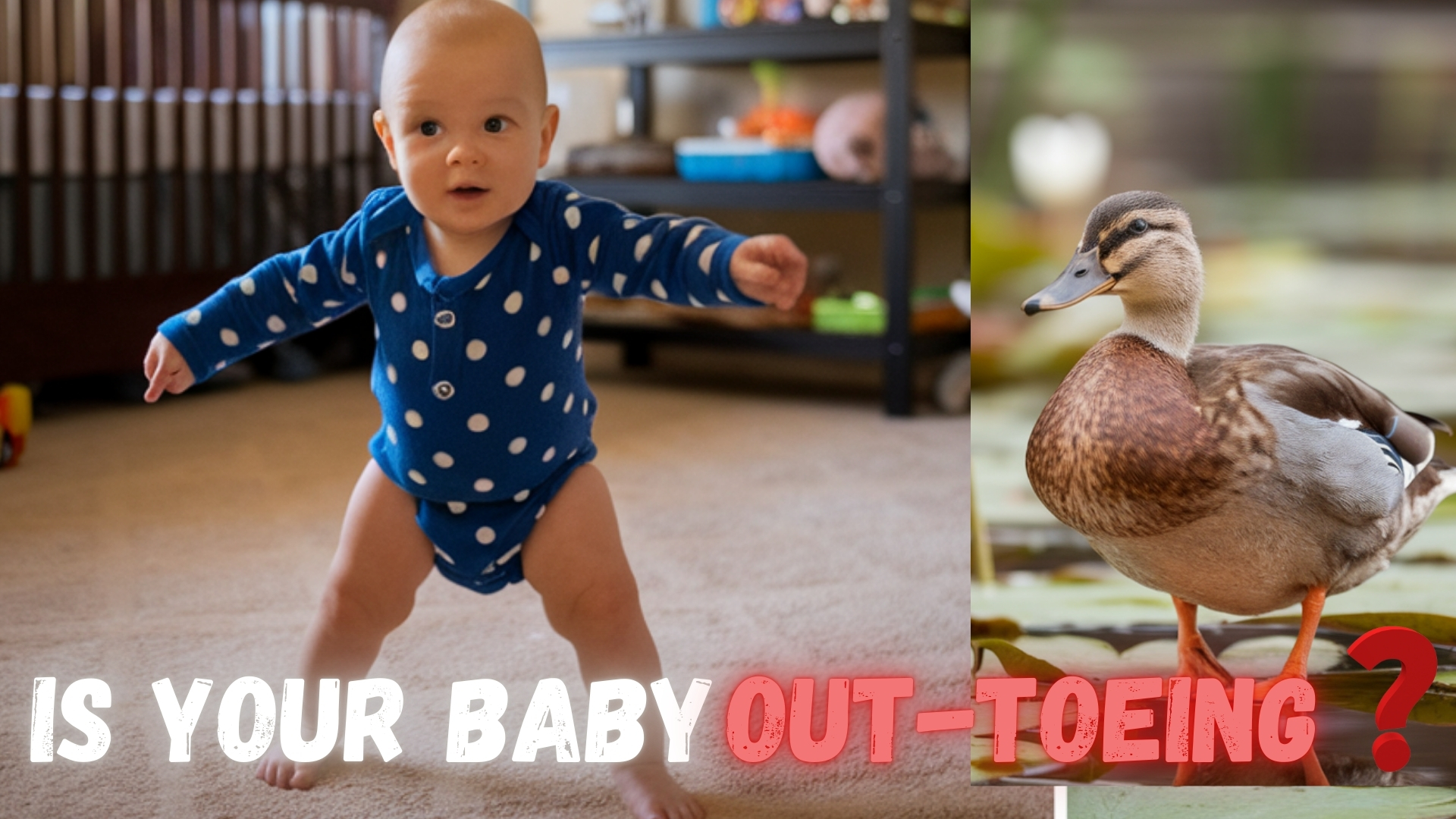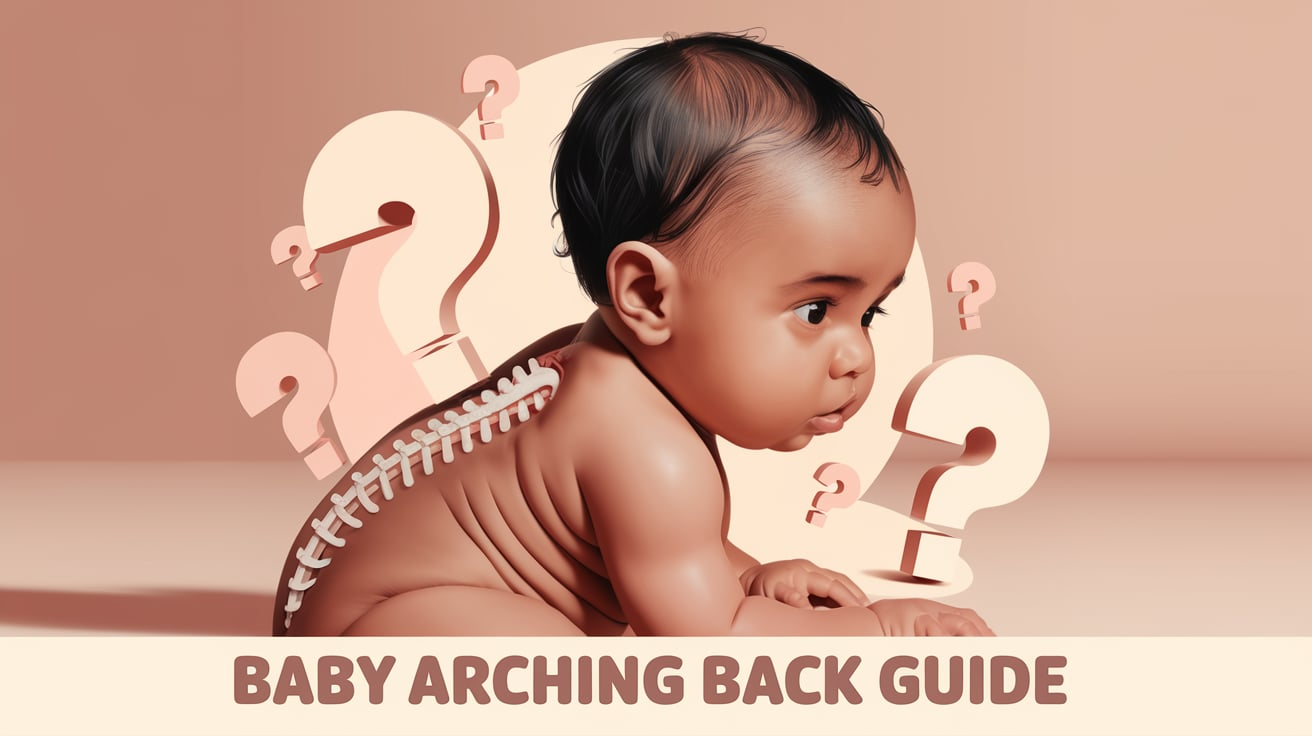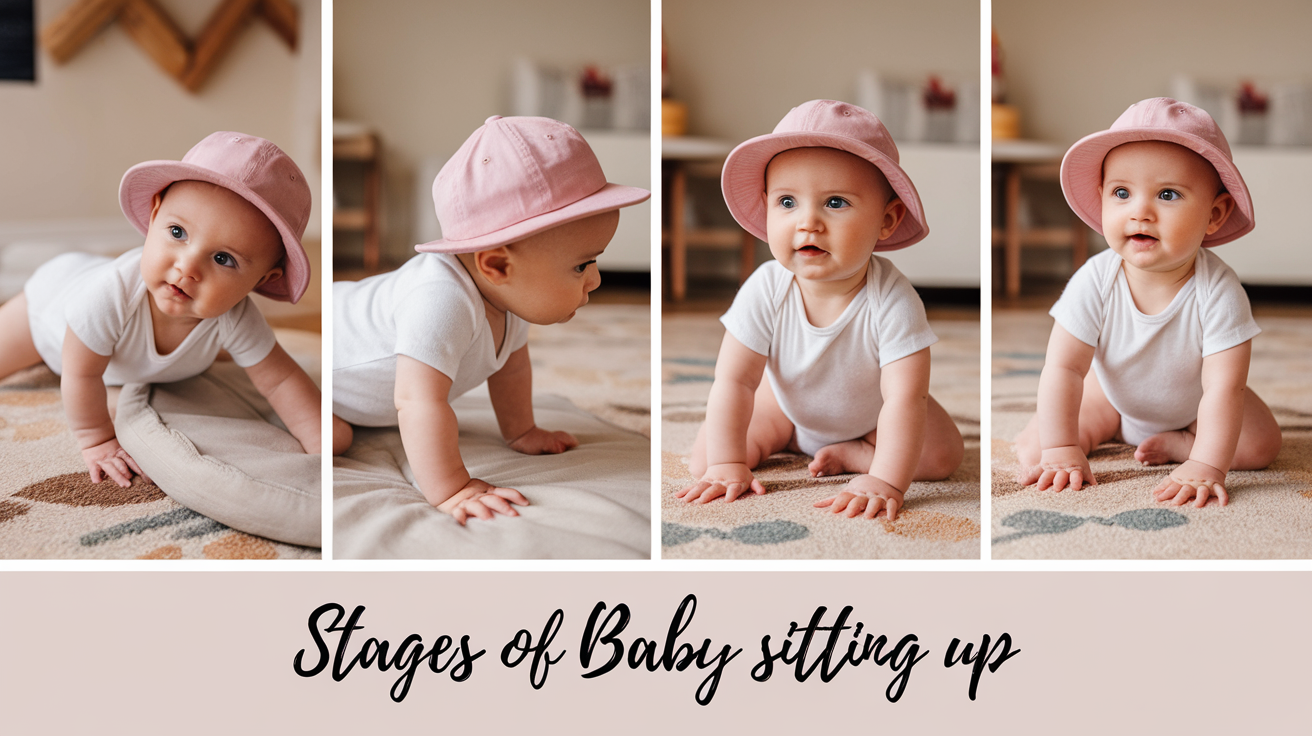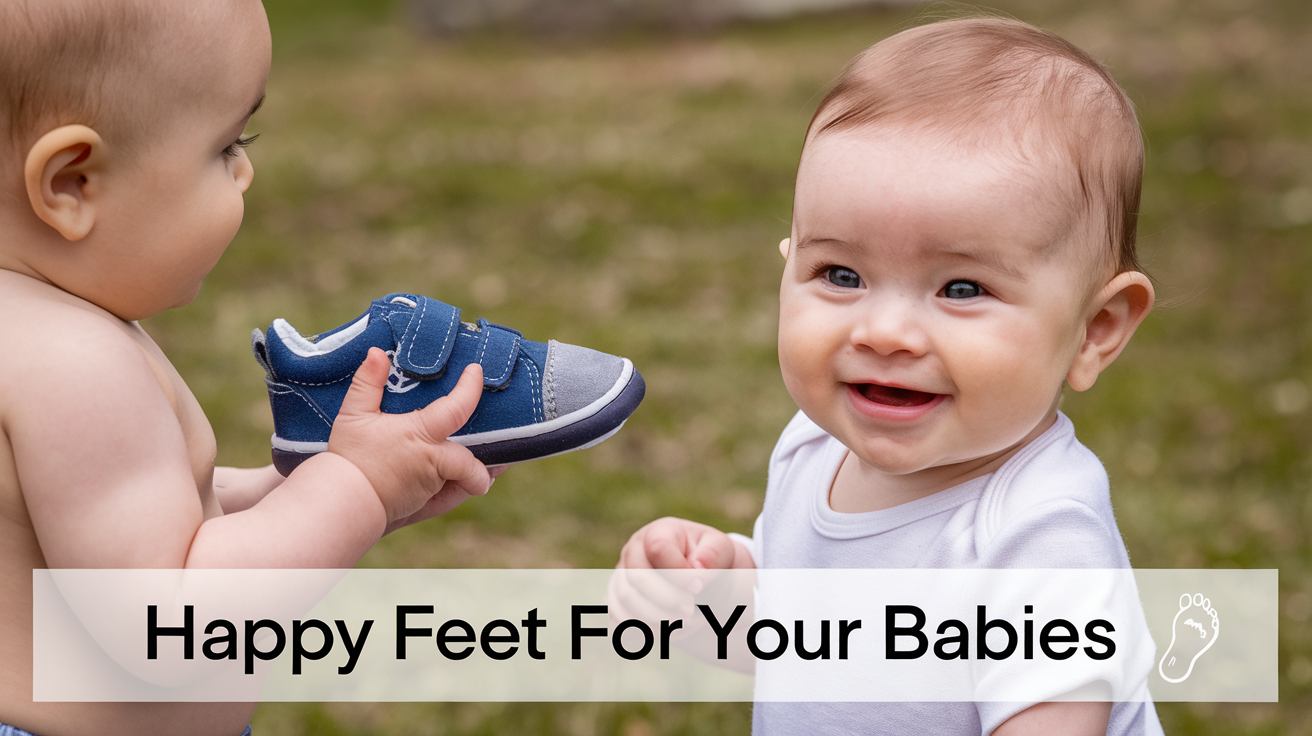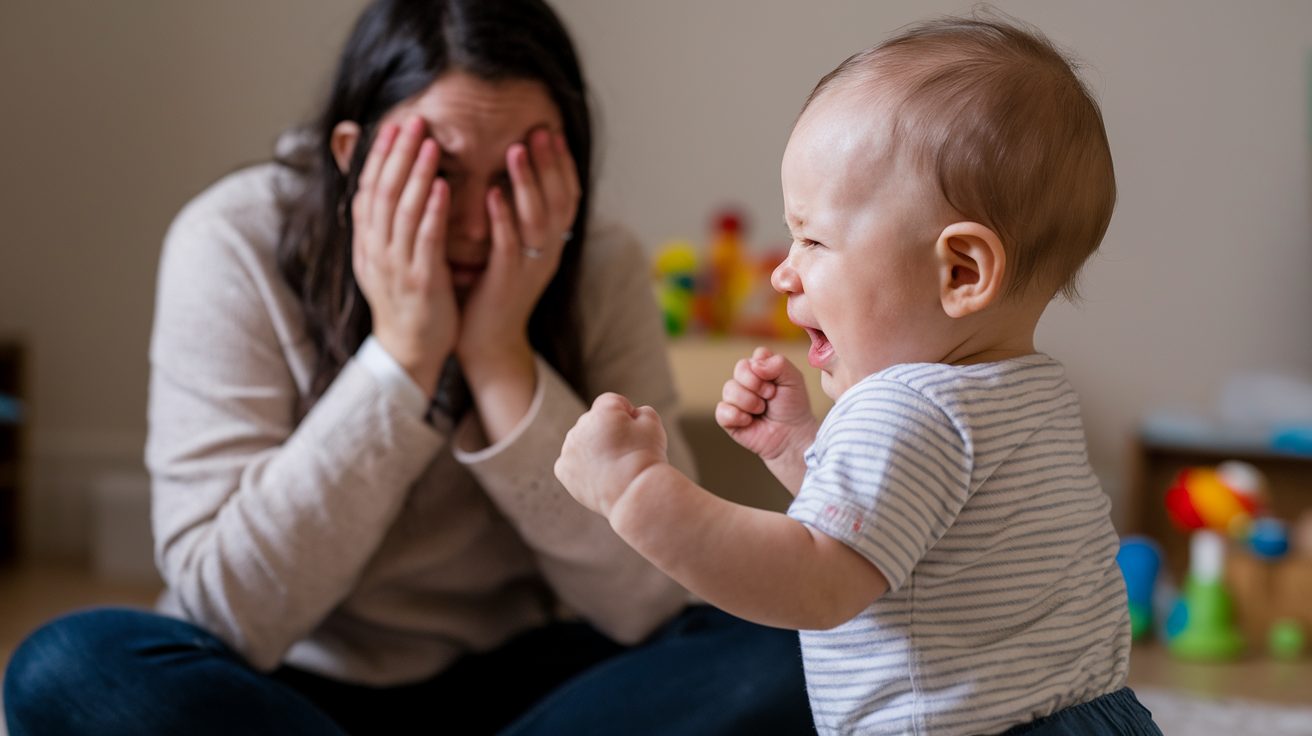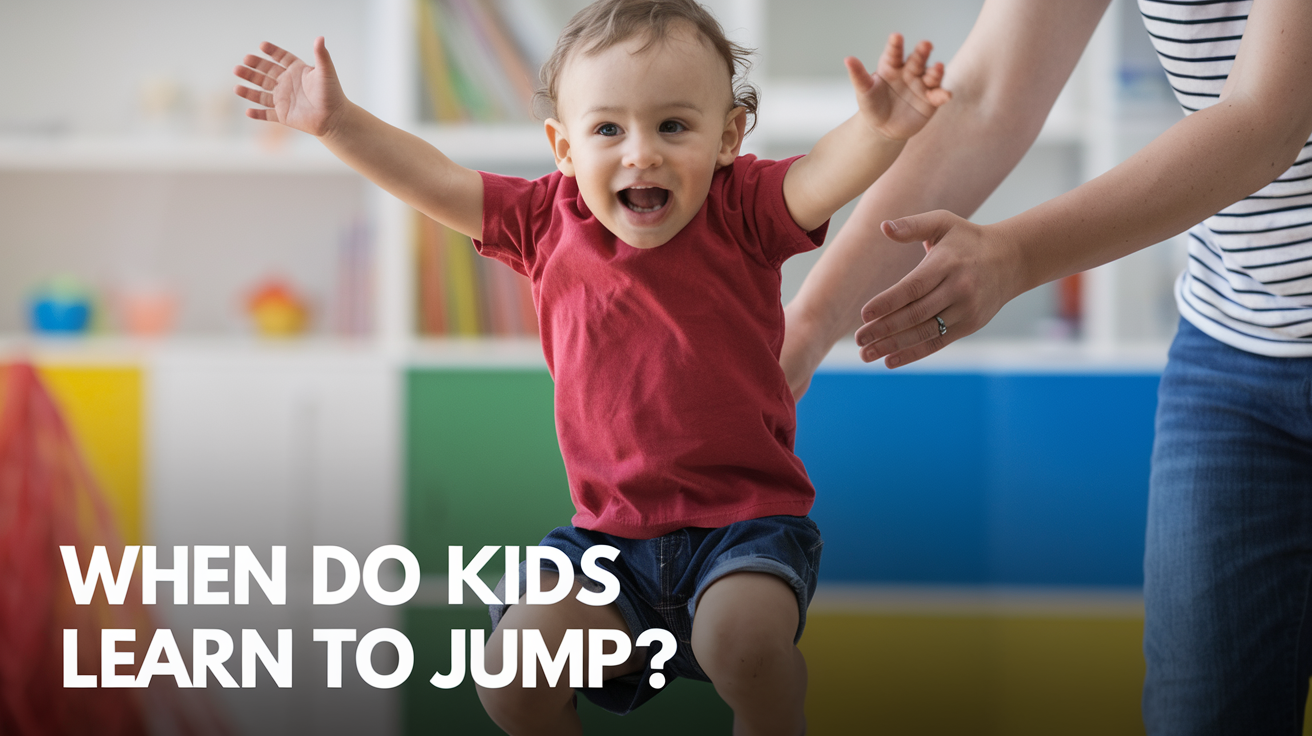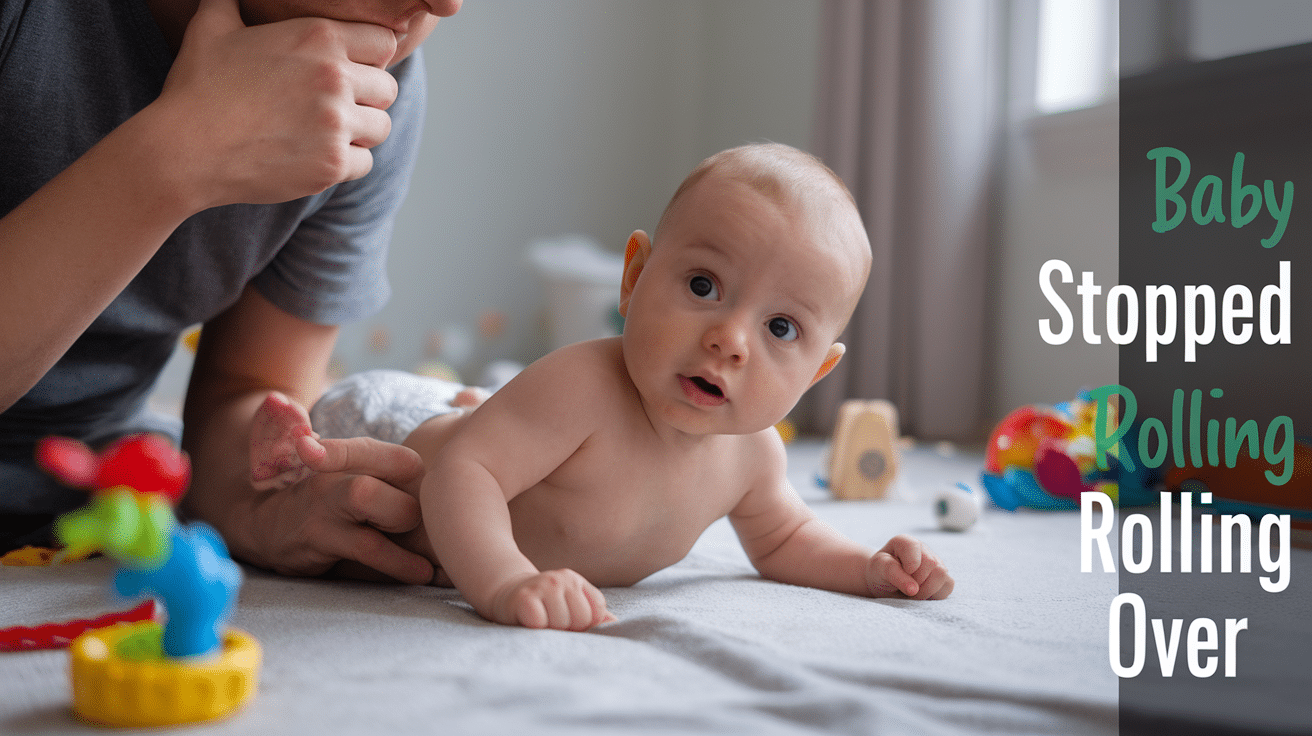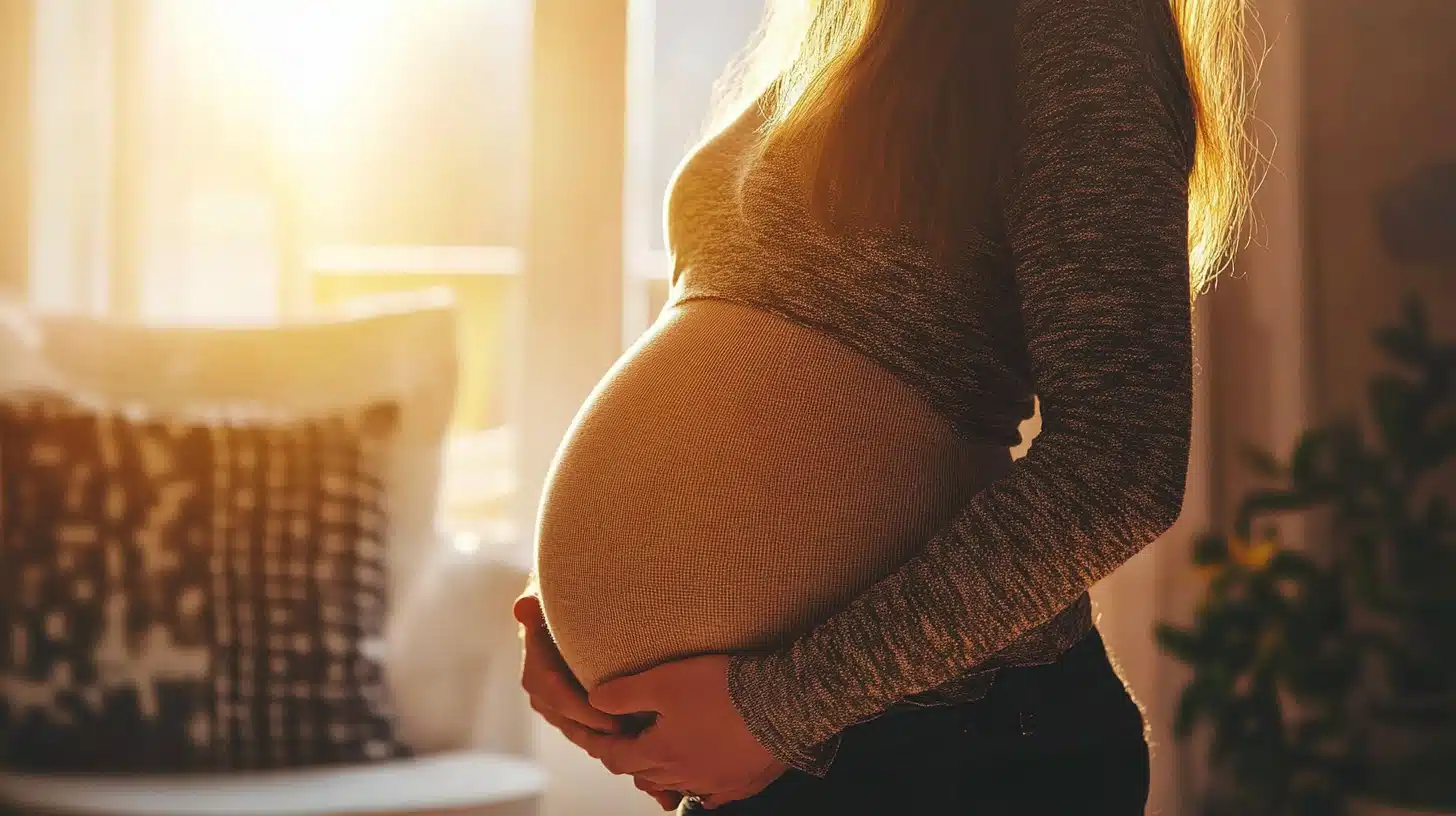
Are you wondering about your baby’s hand-clapping development and its connection to autism?
You’re not alone. Many parents notice differences in how their little ones engage with this milestone, which typically emerges around 8-10 months.
For children on the autism spectrum, hand movements may follow a unique pattern or timeline—sometimes delayed, sometimes expressed differently through repetitive motions.
This blog offers practical strategies to encourage hand coordination through gentle play, music sessions, and positive reinforcement.
We’ll share expert-backed techniques that have helped many families guide developmental concerns while celebrating their child’s path.
If you’re looking for early signs or support methods, we’re here to help you understand the connection between baby hand clapping and autism with compassion and practical solutions.
Understanding Typical Clapping Milestones
Hand clapping is a significant milestone in infant development, combining motor skills with social awareness. Parents often wonder when this delightful skill typically appears and what it means for their baby’s growth.
When Do Babies Usually Start Clapping?
Most babies begin clapping their hands between 6 and 9 months of age. This playful gesture usually emerges as they develop better coordination and start mimicking actions they see from caregivers.
Babies typically start with simple hand-banging movements before mastering the palm-to-palm clapping motion we recognize.
What Does Clapping Indicate About Development?
Clapping is an important developmental milestone that shows your baby is connecting social interaction with physical skills.
Clapping improves fine motor control, grows body awareness, and develops early social communication abilities. When babies clap, they show they understand cause-and-effect relationships.
Factors That May Influence Timing
Every baby develops at their own pace. Several factors can affect when clapping emerges in your child’s development:
- Overall motor skill development
- Opportunities for social interaction
- Individual temperament
- Environmental stimulation
- In autism, delayed or absent clapping may occur alongside other communication differences.
If you notice significant delays in clapping and other milestones, consulting with your pediatrician can provide guidance. Remember that development follows a range, not an exact timeline.
Recognizing Early Signs of Autism Related to Hand Movements
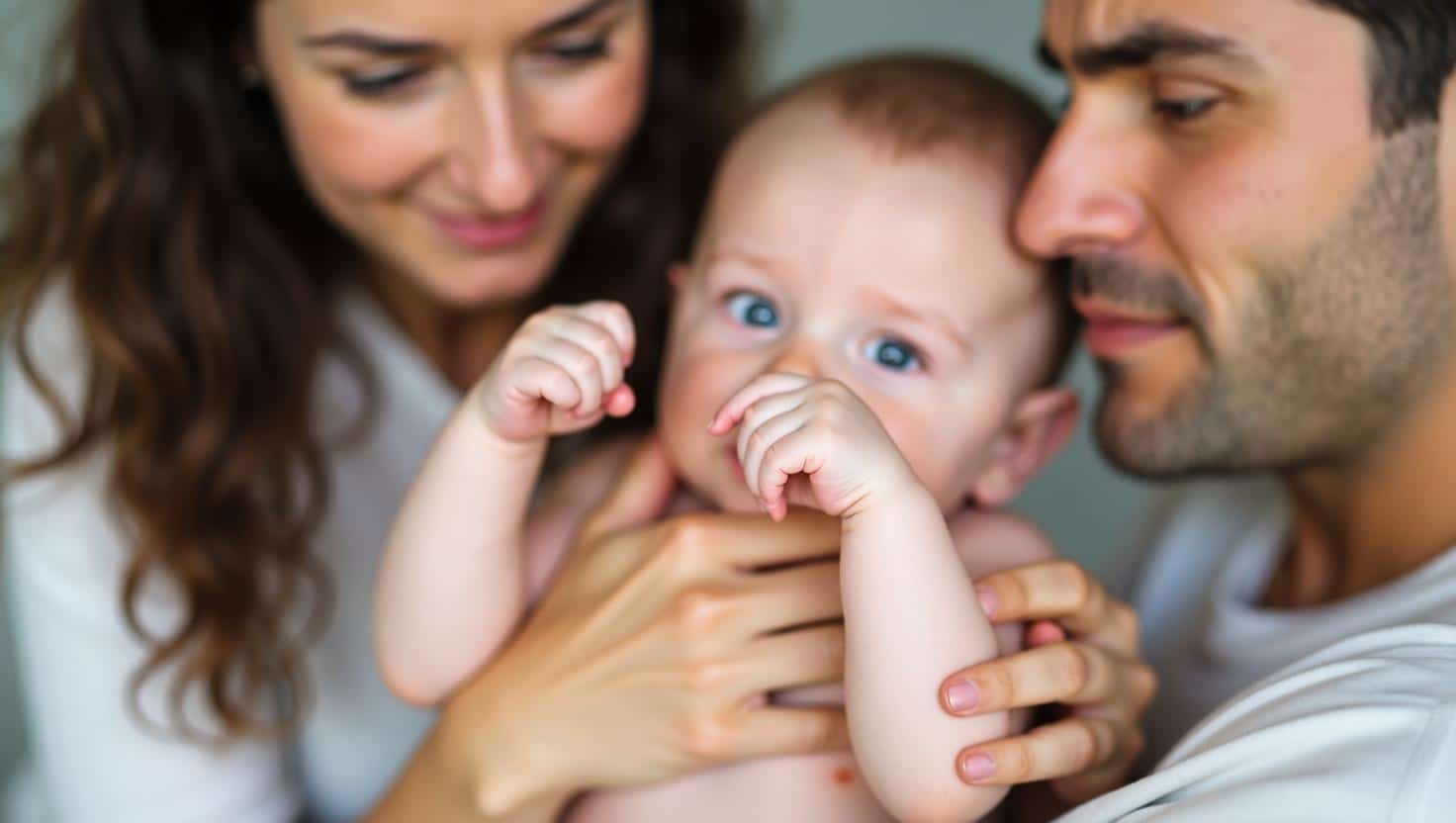
Hand movements can offer clues about your baby’s development. In autism, hand flapping—rapid, repetitive waving—might replace typical clapping.
While regular clapping is social and purposeful, flapping often occurs regardless of context and may help regulate emotions.
Watch for differences between purposeful clapping (responding to songs) versus repetitive movements that happen without triggers.
Other potential signs include delayed babbling, limited eye contact, and unusual responses to sounds or textures. Remember, these behaviors alone don’t confirm autism.
Every child develops uniquely, but if you notice several signs persisting over time, chat with your pediatrician. Early support makes a world of difference for children on the spectrum!
Is Clapping a Sign of Autism or Neurotypical Development?
Clapping itself isn’t a definitive sign of autism or neurotypical development—it’s all about the context. Most babies start clapping between 6 and 9 months, but timing alone doesn’t tell the whole story.
What matters more is how and why your little one claps. Neurotypical babies often clap during social interactions, joining in with songs or mimicking others.
Kids with autism might clap too, but sometimes in different patterns—perhaps intensely during moments of excitement or as a self-soothing repetitive behavior.
The bigger picture includes other communication signals like pointing, waving, or making eye contact while clapping.
If you’re concerned about your child’s development, don’t focus just on clapping—look at their overall social engagement and communication skills, and talk with your pediatrician about any patterns you notice.
Key Differences Between Typical and Atypical Clapping Behaviors
| ASPECT | TYPICAL CLAPPING | ATYPICAL CLAPPING |
|---|---|---|
| Social Interaction | Social and interactive—occurs during songs or games with others | May occur in isolation without social triggers |
| Purpose | Purpose-driven—expresses joy, accomplishment, or participation | Can be repetitive and extended in duration |
| Context Sensitivity | Context-appropriate—starts and stops based on social situations | Often consistent in pattern regardless of context |
| Clapping Style | Variable in style—changes depending on the activity | Maybe unusually intense or muted in force |
| Eye Contact | Accompanied by eye contact and shared attention | Might be accompanied by reduced eye contact |
| Age of Development | Usually emerges between 6-9 months of age | Timing of development may be delayed or inconsistent |
Strategies for Managing Repetitive Hand Movements
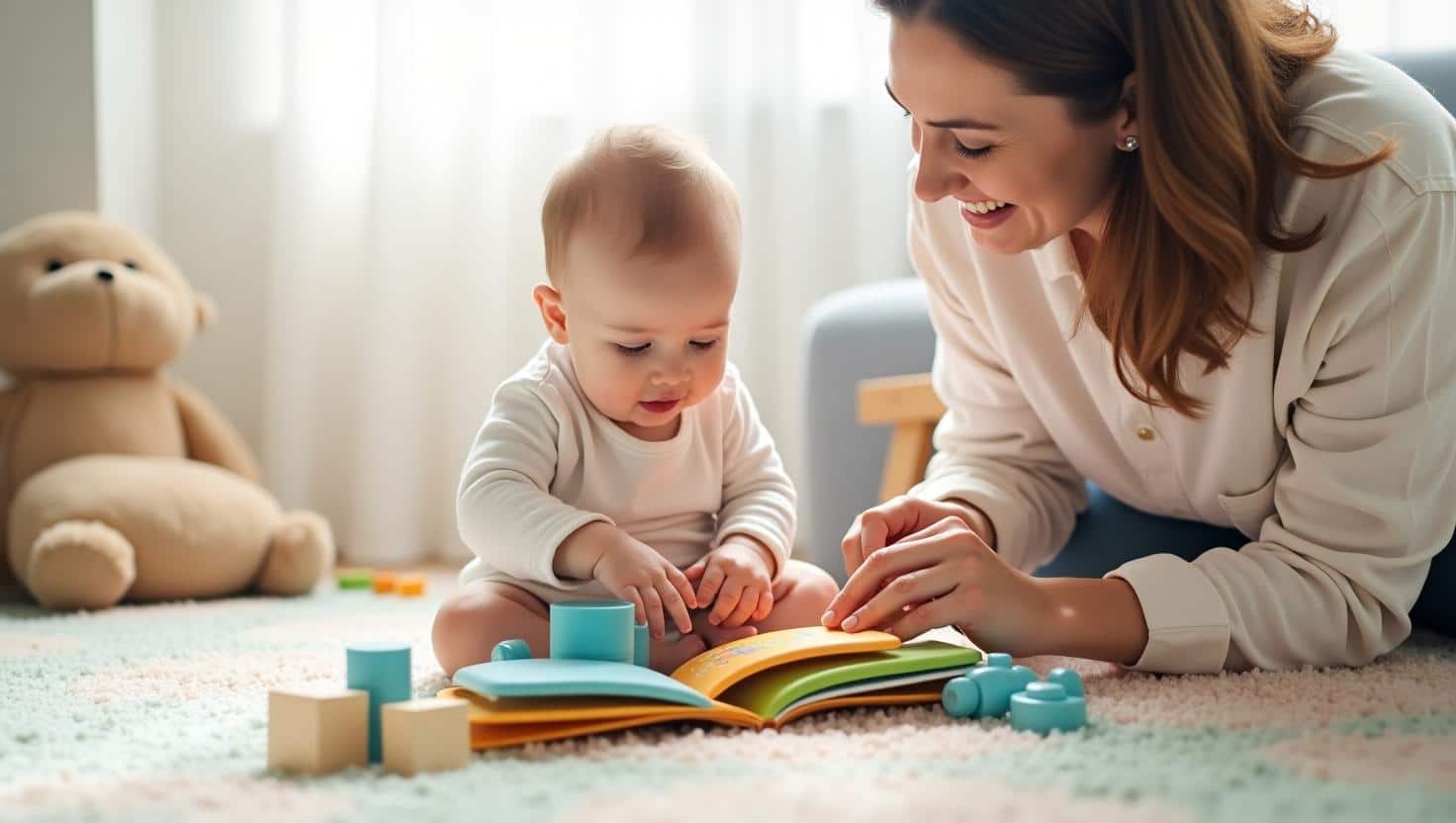
Supporting your child’s development means working with their unique needs, not against them.
If your child shows repetitive hand movements, like flapping, remember that they often serve an important purpose.
Instead of stopping these movements, try redirecting them into games that build social skills. Patty-cake, peek-a-boo, or follow-the-leader activities naturally encourage purposeful hand movements while creating connection opportunities.
When your child seems overwhelmed, help them develop self-regulation through deep breathing or squishy toys. These alternatives give similar sensory input but in more socially flexible ways.
The goal isn’t eliminating hand flapping but expanding your child’s communication toolkit.
Singing songs with hand motions, using simple sign language, or playing instruments together builds skills while honoring their natural expression style. Small steps and lots of patience make all the difference!
Common Myths About Autism and Baby Milestones
Developmental milestones like clapping often generate confusion among parents. Let’s clear up some common misconceptions about what these early skills really tell us about autism and child development.
Myth: Early Clapping Means No Developmental Concerns
Reaching the clapping milestone on time or early doesn’t guarantee typical development across all areas.
Some children with autism actually develop certain motor skills like clapping right on schedule or even earlier than their peers.
What matters more is how your child uses clapping – whether it’s social and communicative or repetitive and self-stimulating.
A child might clap perfectly on time but still show differences in other important developmental areas like language or social engagement.
Myth: Delayed Clapping Automatically Means Autism
Many parents worry when their baby hasn’t started clapping by 9 months, but delayed clapping alone isn’t enough to indicate autism.
Plenty of neurotypical children take their sweet time with certain milestones while excelling in others.
Some babies are more interested in other skills first – maybe they’re focused on movement or verbal skills instead of hand coordination.
Developmental variation is completely normal, and many late clappers catch up without any long-term concerns.
Why Patterns of Development Matter More Than Individual Milestones?
The big picture tells us much more than any single milestone. Pediatricians and specialists look for how skills develop across different domains—social, communication, motor, and cognitive.
It’s the pattern and clustering of differences that help identify autism, not whether a child hits a specific milestone by a certain age.
When evaluating development, professionals consider how skills work together and whether your child is making steady progress in their unique way.
Remember that development isn’t a competition, and your child’s path doesn’t need to follow anyone else’s exact timeline to be healthy and successful.
When to Seek Professional Evaluation?
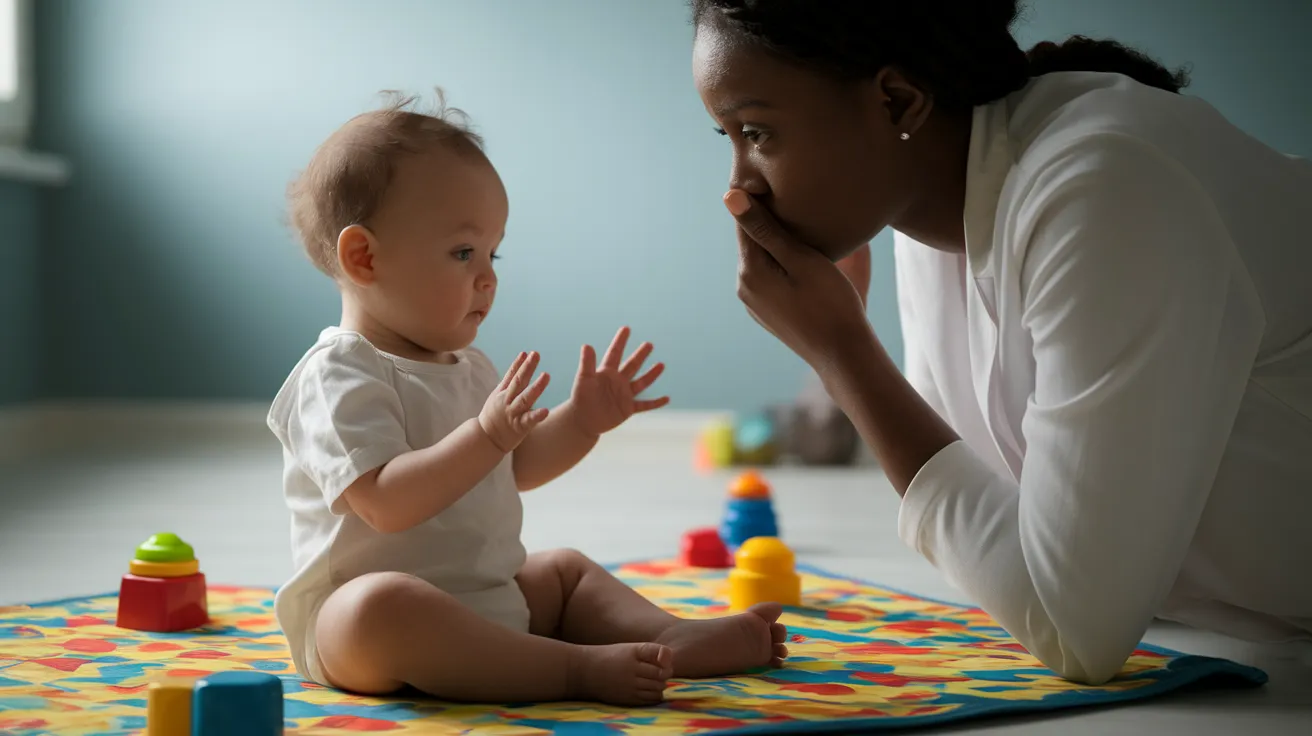
Trust your instincts if your child’s development seems unusual. While all babies grow at different rates, certain patterns warrant professional attention.
Not every child will hit milestones at the same time, and that’s perfectly normal, but some differences might signal a need for additional support.
Consider reaching out to your pediatrician if you notice your little one isn’t clapping or using social gestures by 12 months, especially if this comes alongside limited eye contact or not responding when you call their name.
When meeting with your doctor, share specific examples with context—when behaviors happen, how often, and what triggers them.
Remember, early evaluation doesn’t label your child—it simply connects you with support that can significantly improve their development.
Look out for:
- No clapping or social gestures by 12 months
- Limited eye contact or not responding to their name
- Regression of previously mastered skills
- Minimal babbling or delayed speech
- Intense focus on objects rather than people
Conclusion
Throughout our discussion of baby hand clapping and autism, we’ve seen that developmental trips vary widely from child to child.
What matters now is how you channel your observations into positive action. If you’ve noticed differences in your little one’s hand movements or milestones, remember that early support makes all the difference.
Connect with your pediatrician about specific concerns, consider developmental screening if recommended, and explore the sensory-friendly activities we’ve outlined.
Remember, you’re not just observing your child’s development—you’re actively shaping it through responsive, loving interactions.
Trust yourself, use the available resources, and take it one day at a time. You’ve got this, and your child has you—the most important ingredient for success on any developmental path.
If you’re interested in more informational content on mothers and babies, feel free to click here and explore other blogs that you might enjoy!

